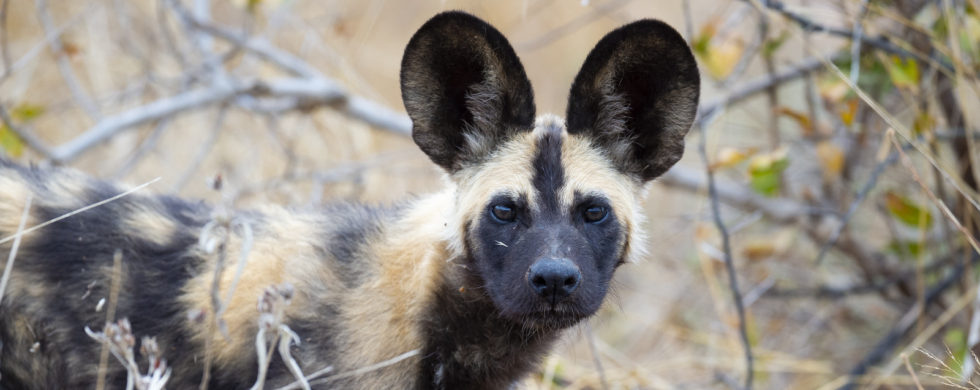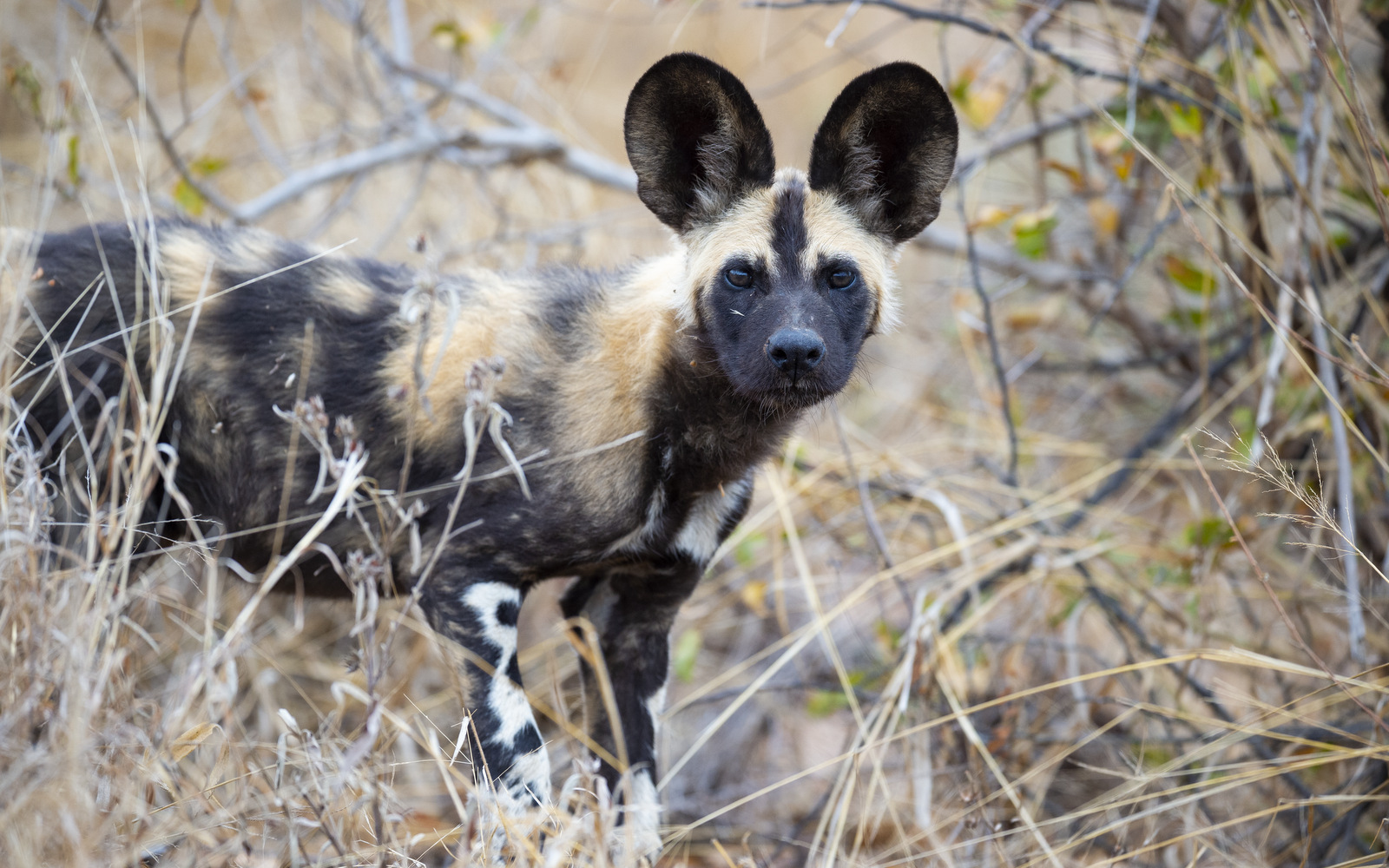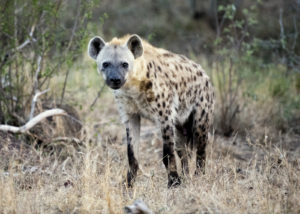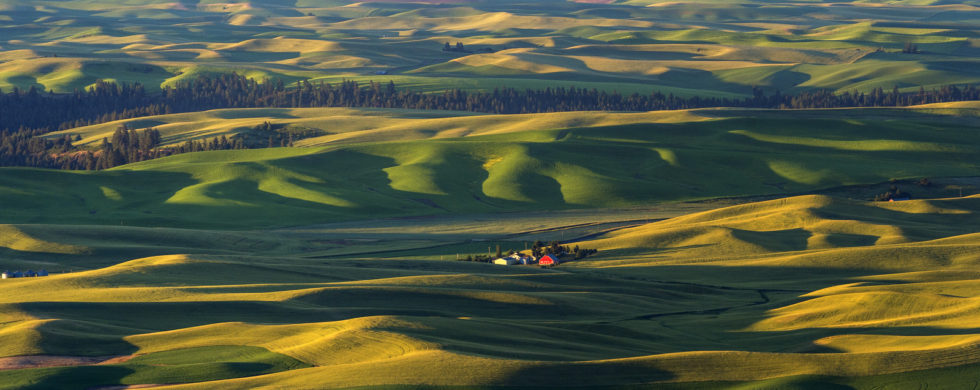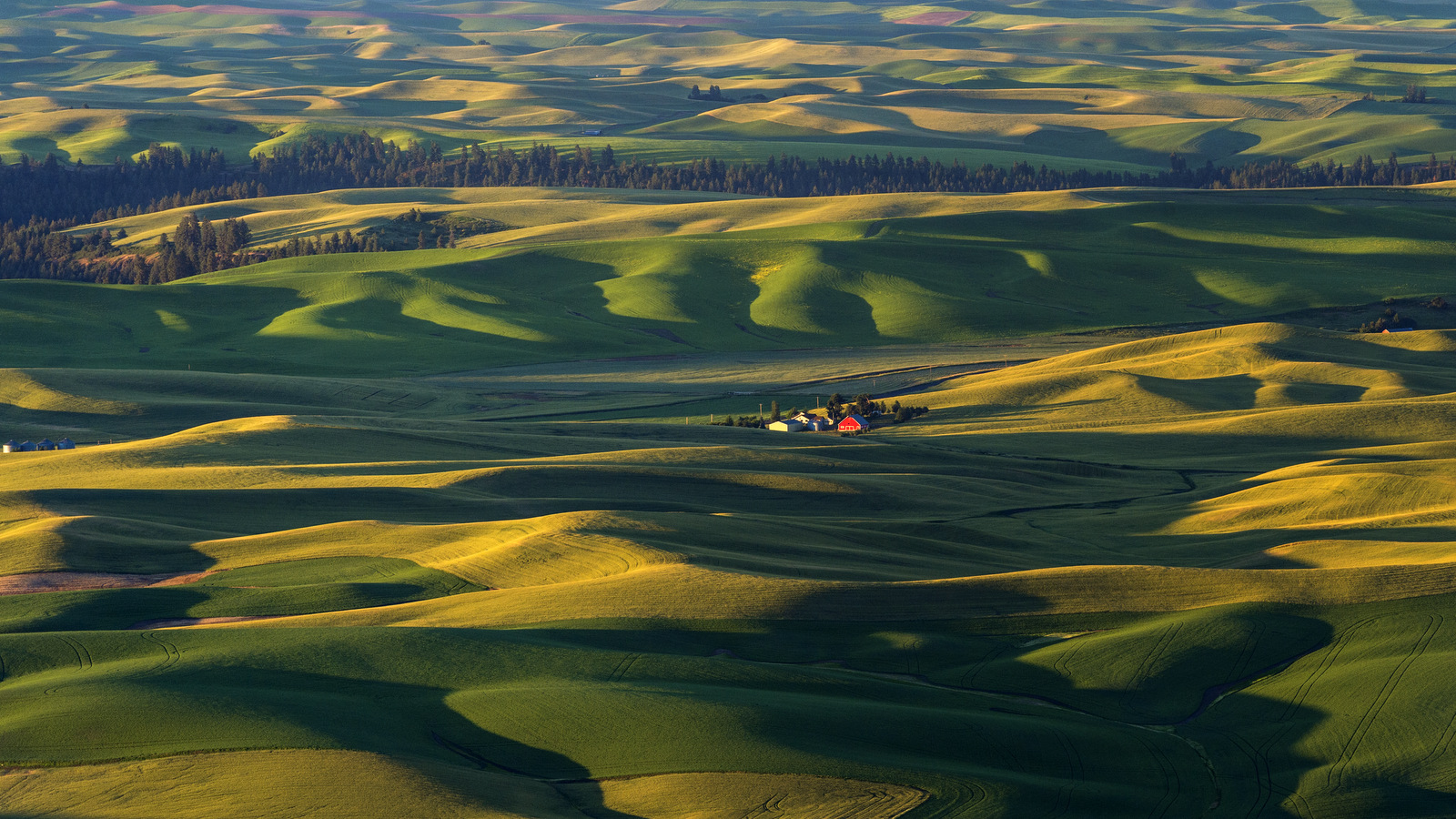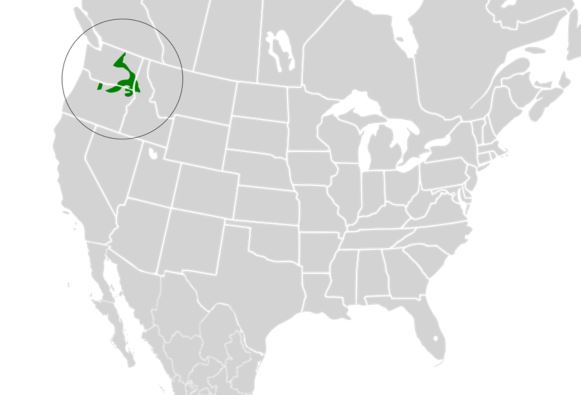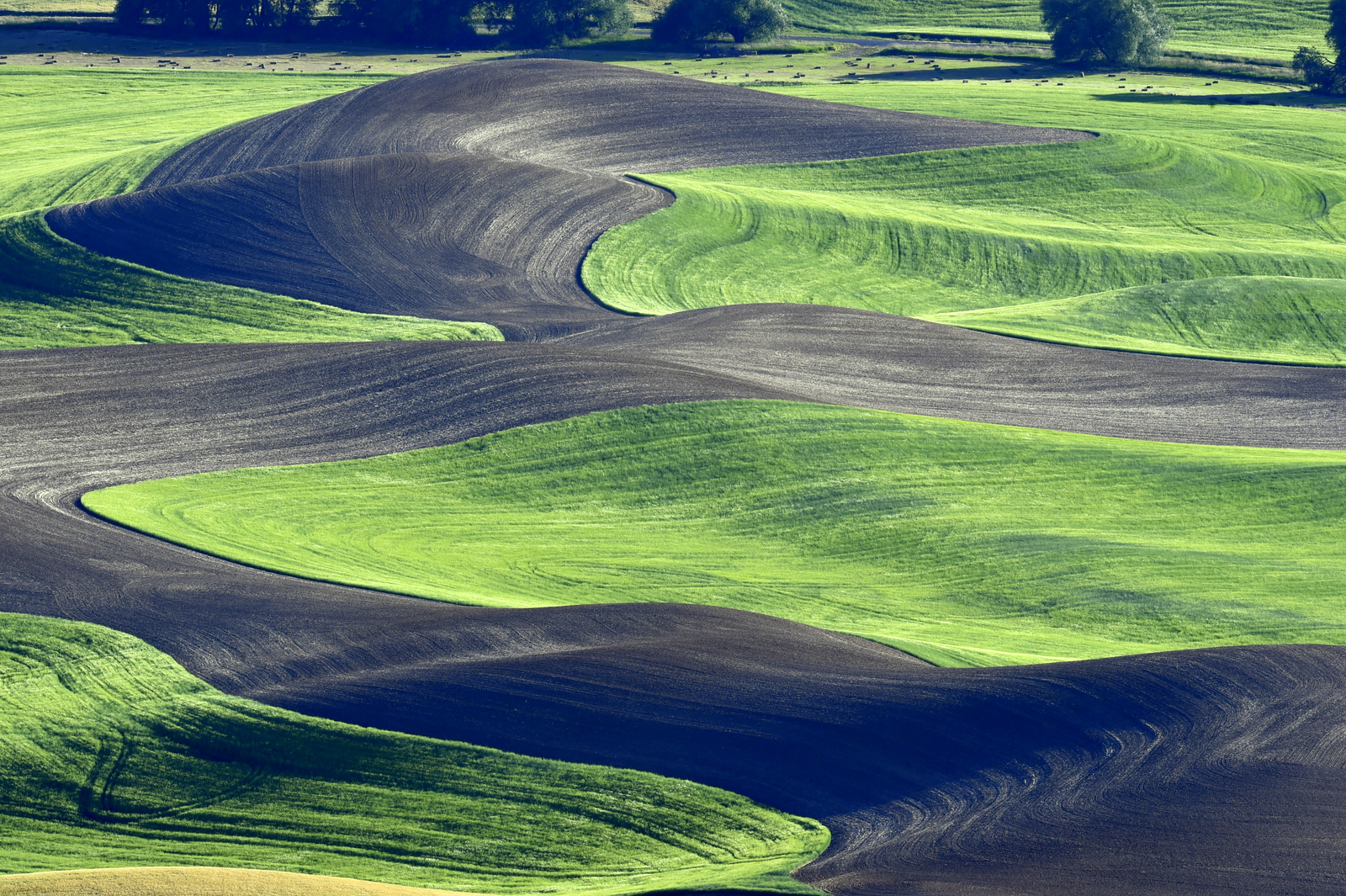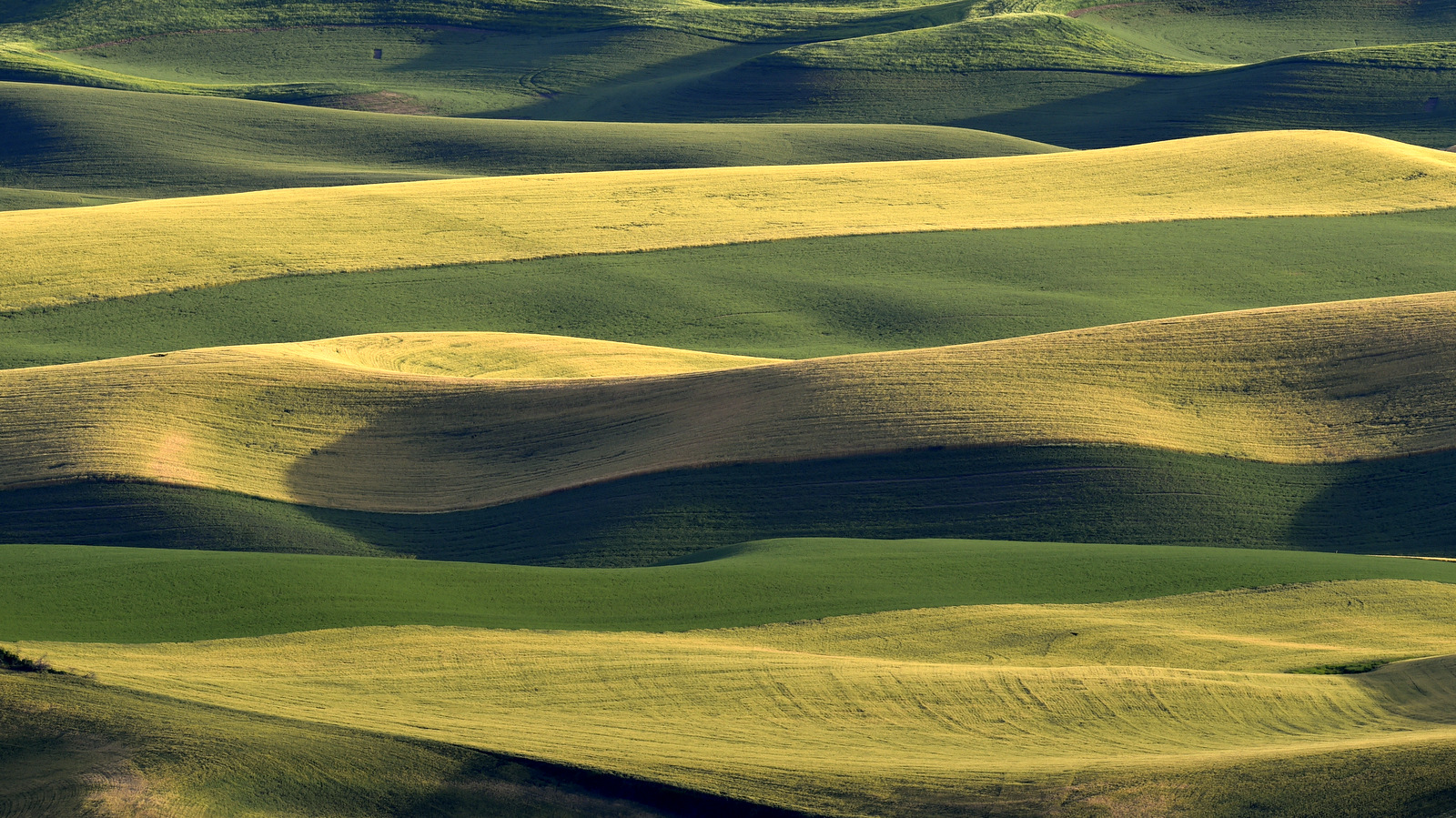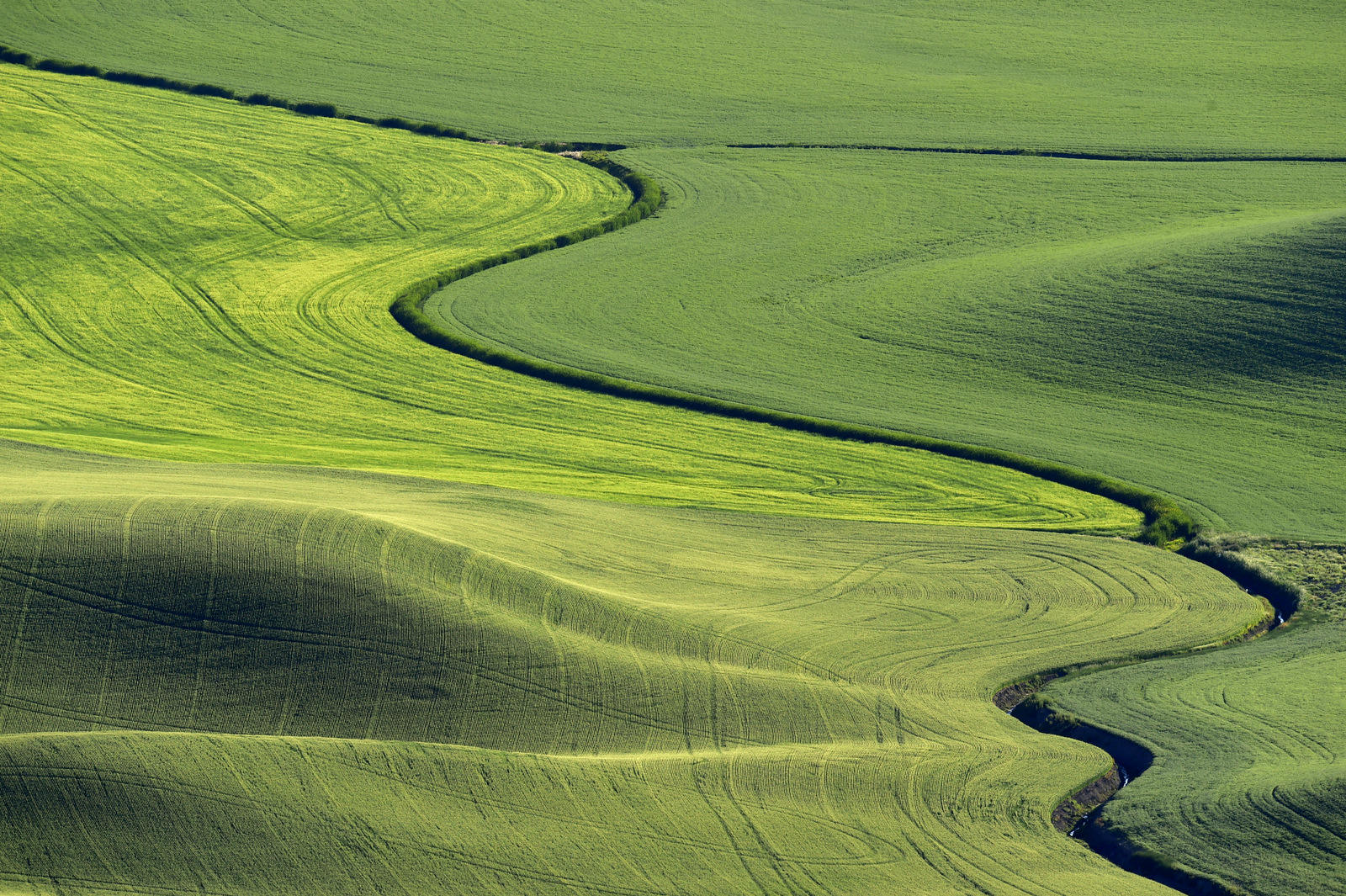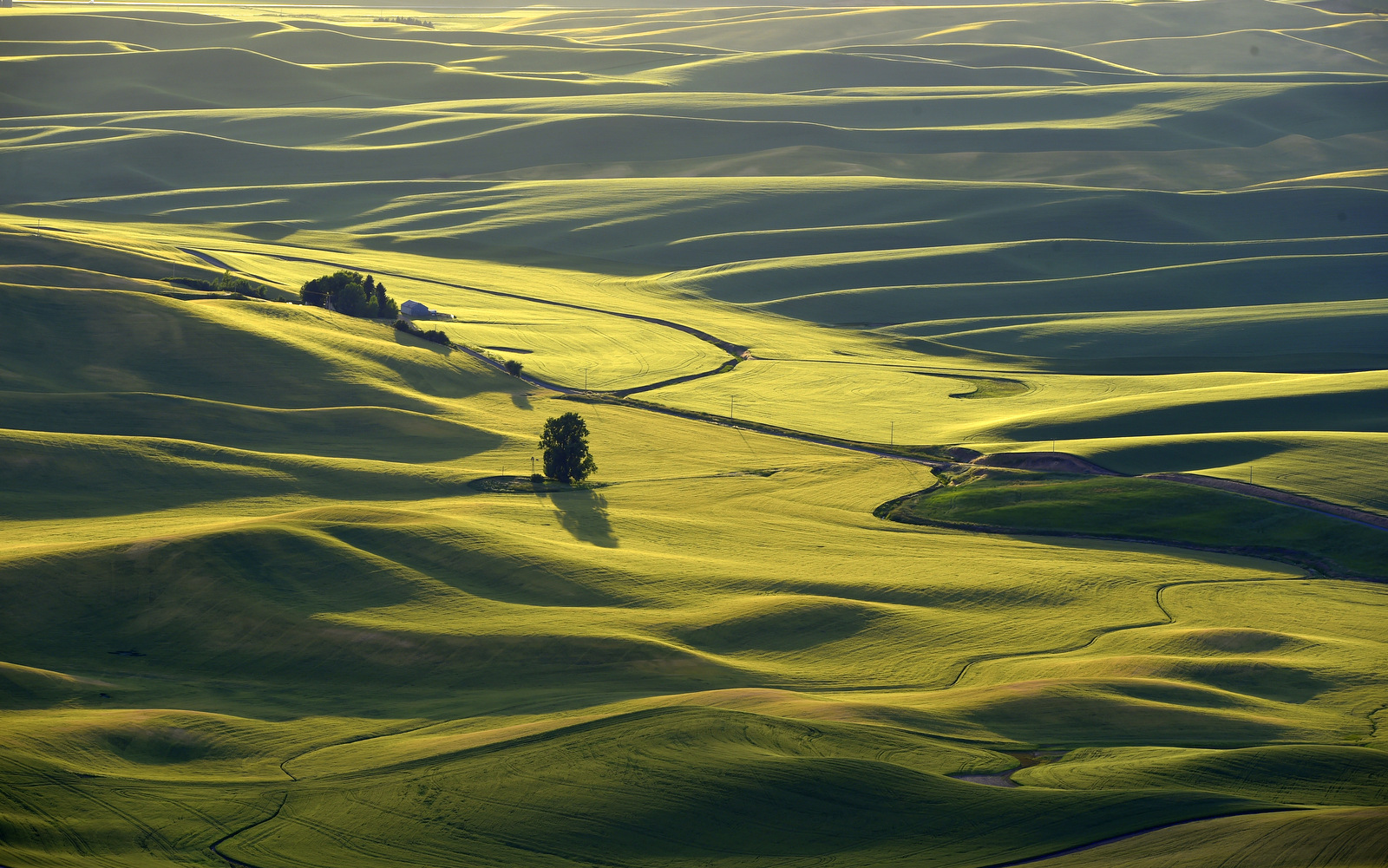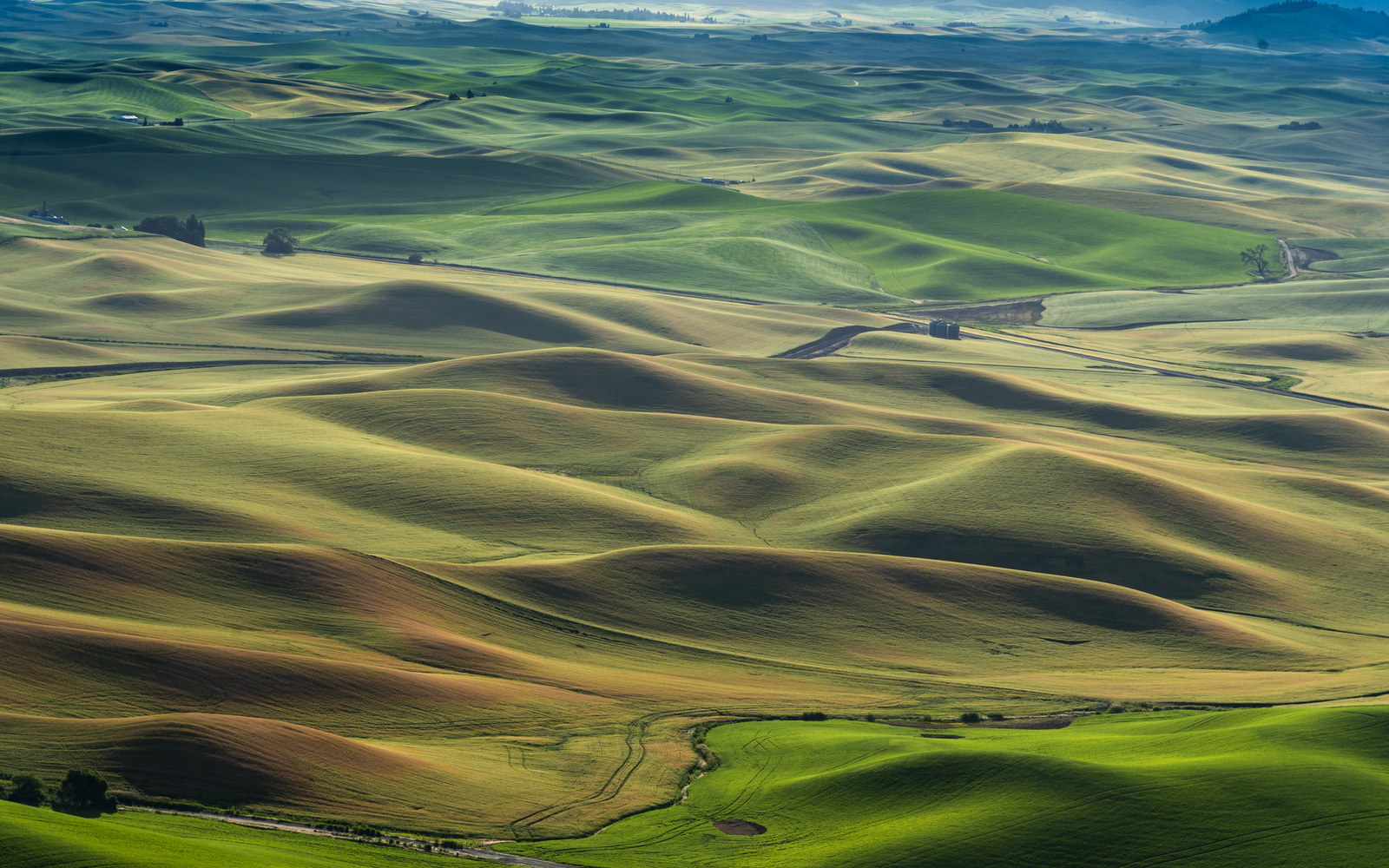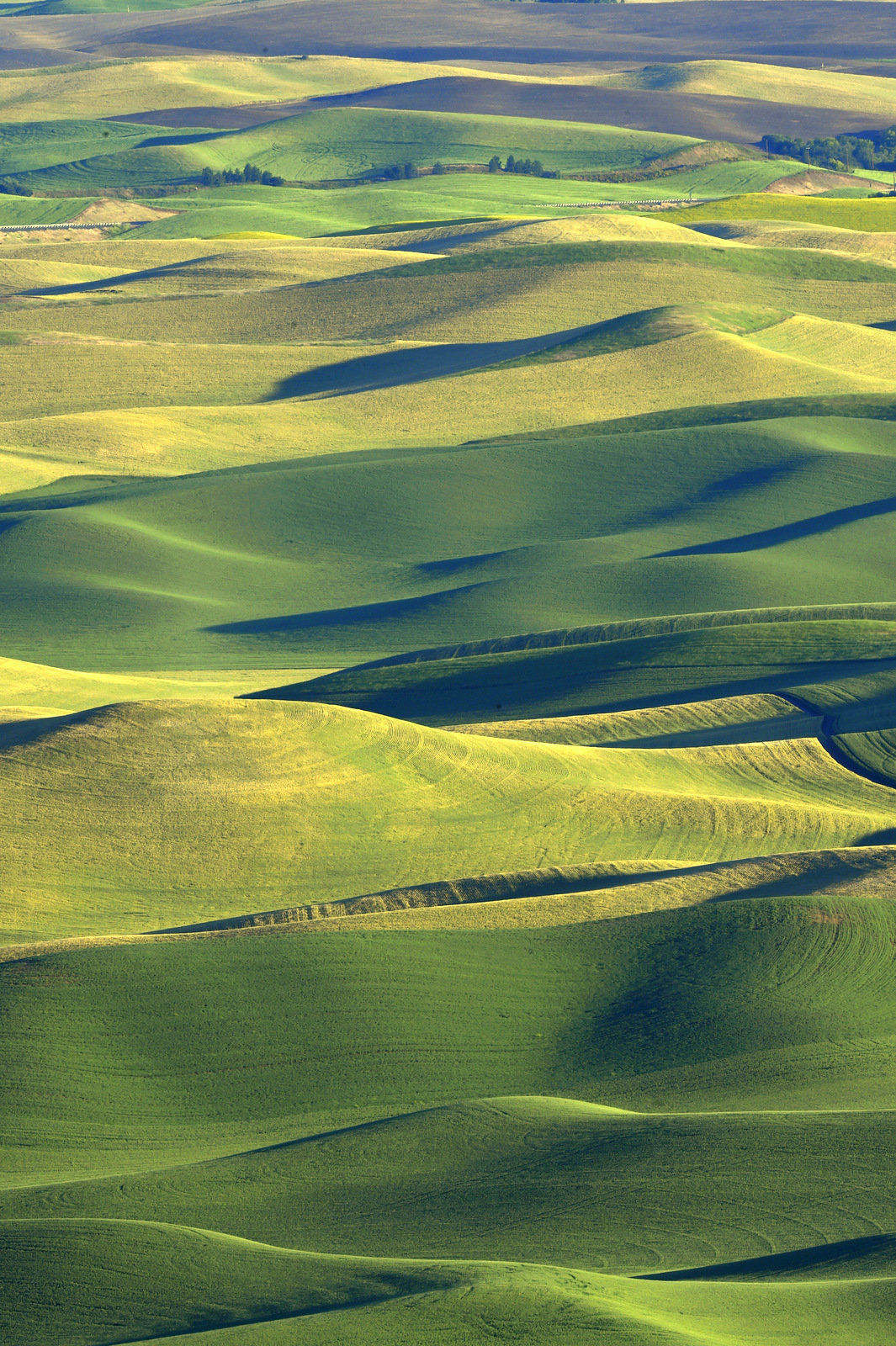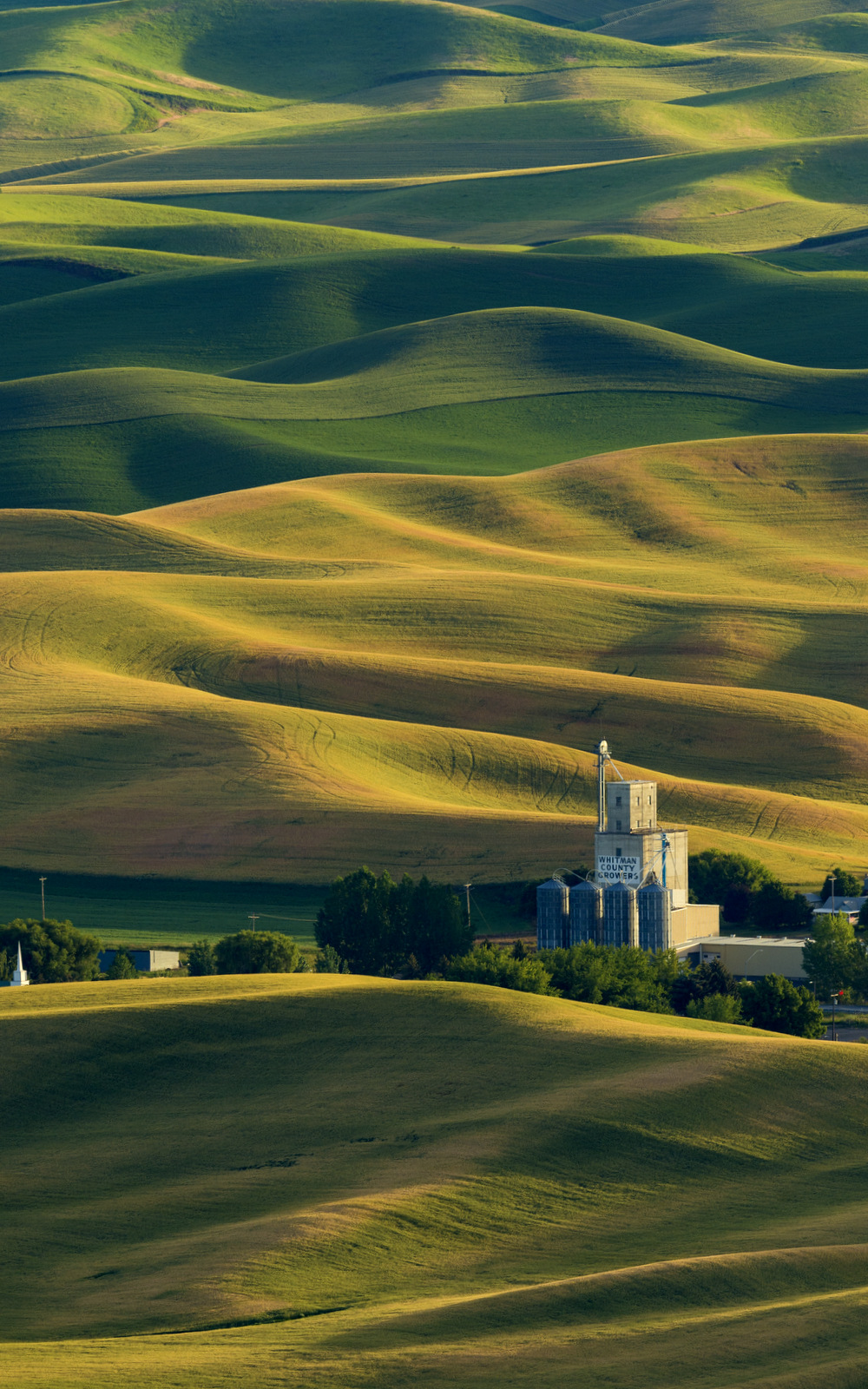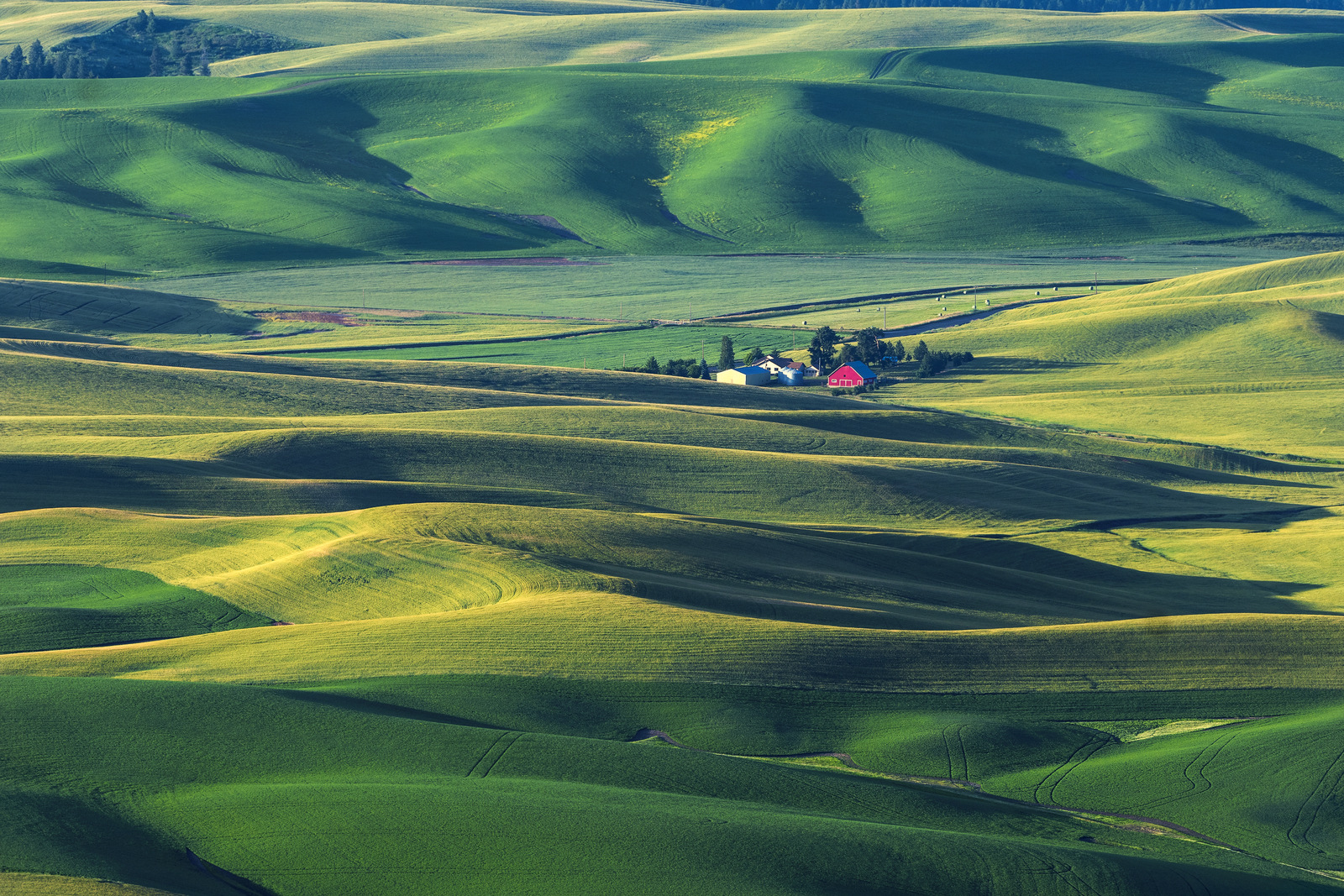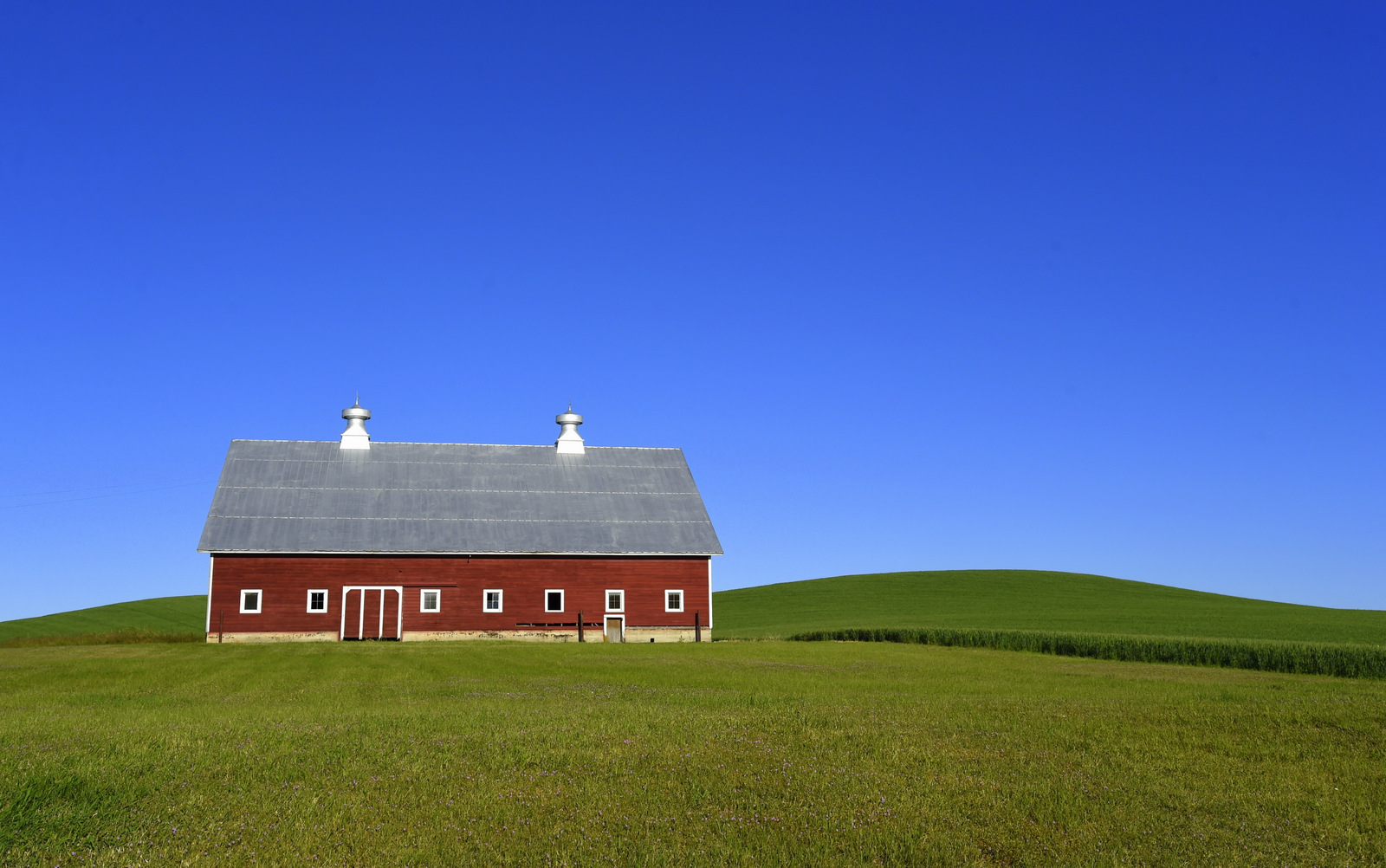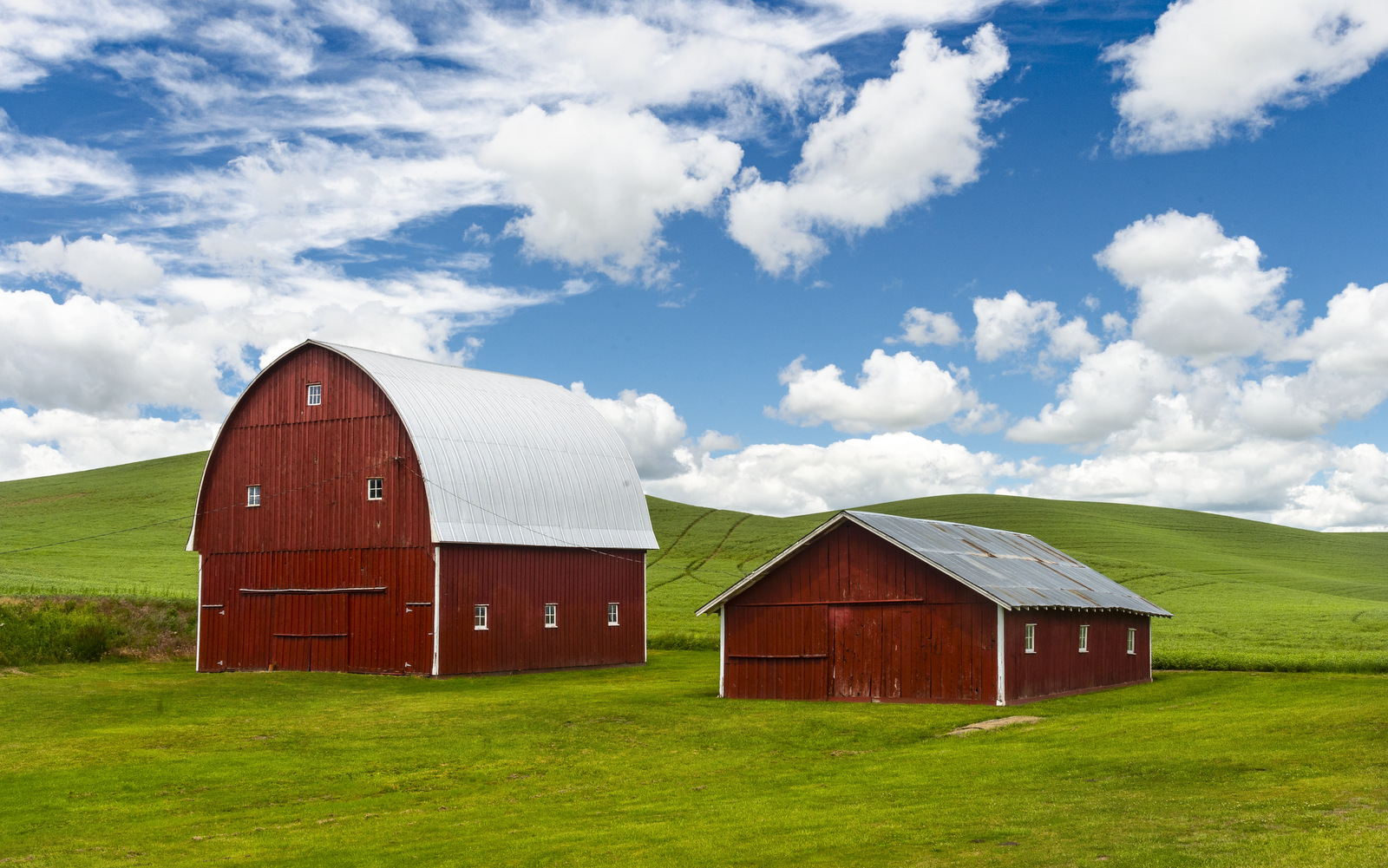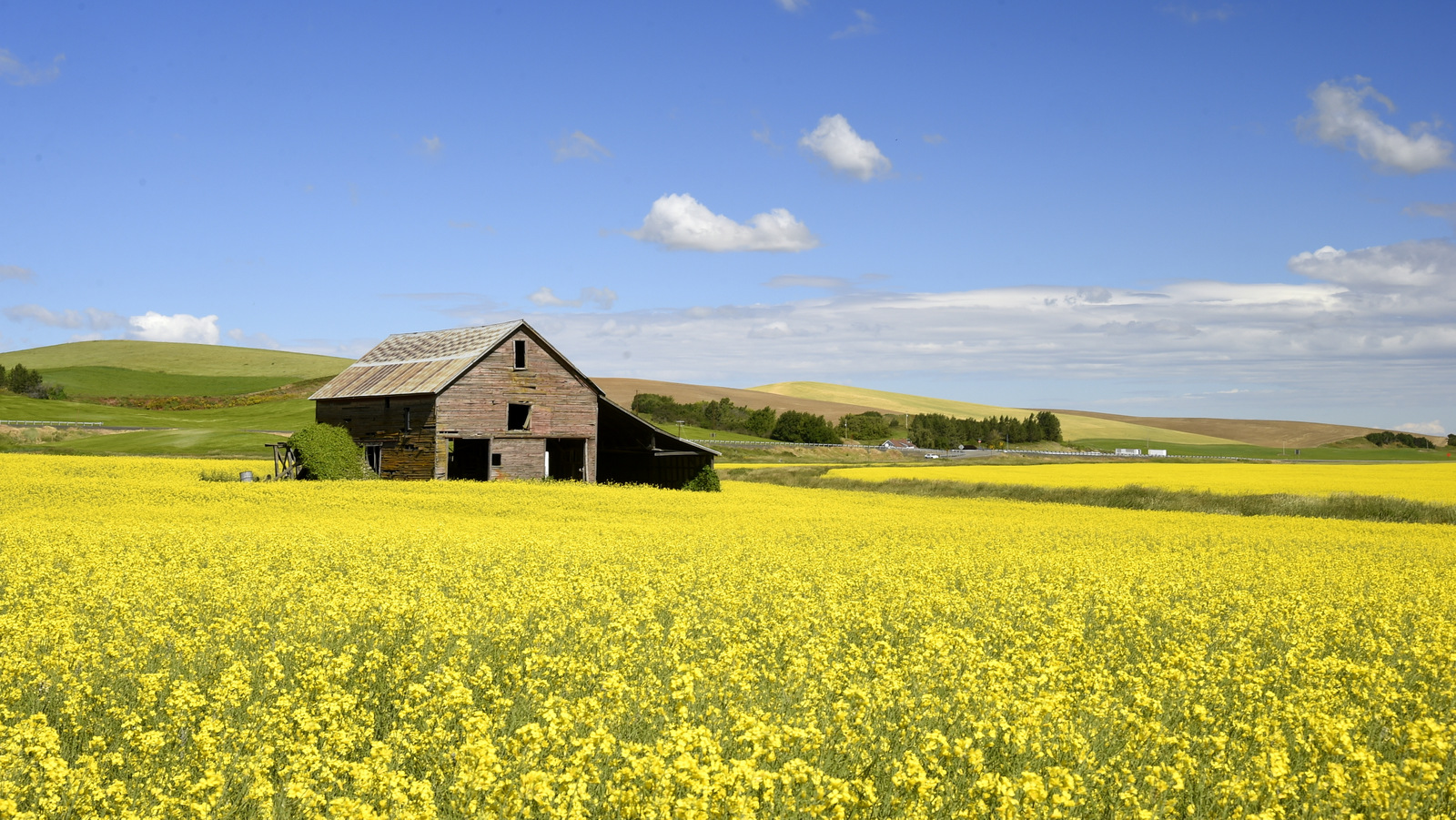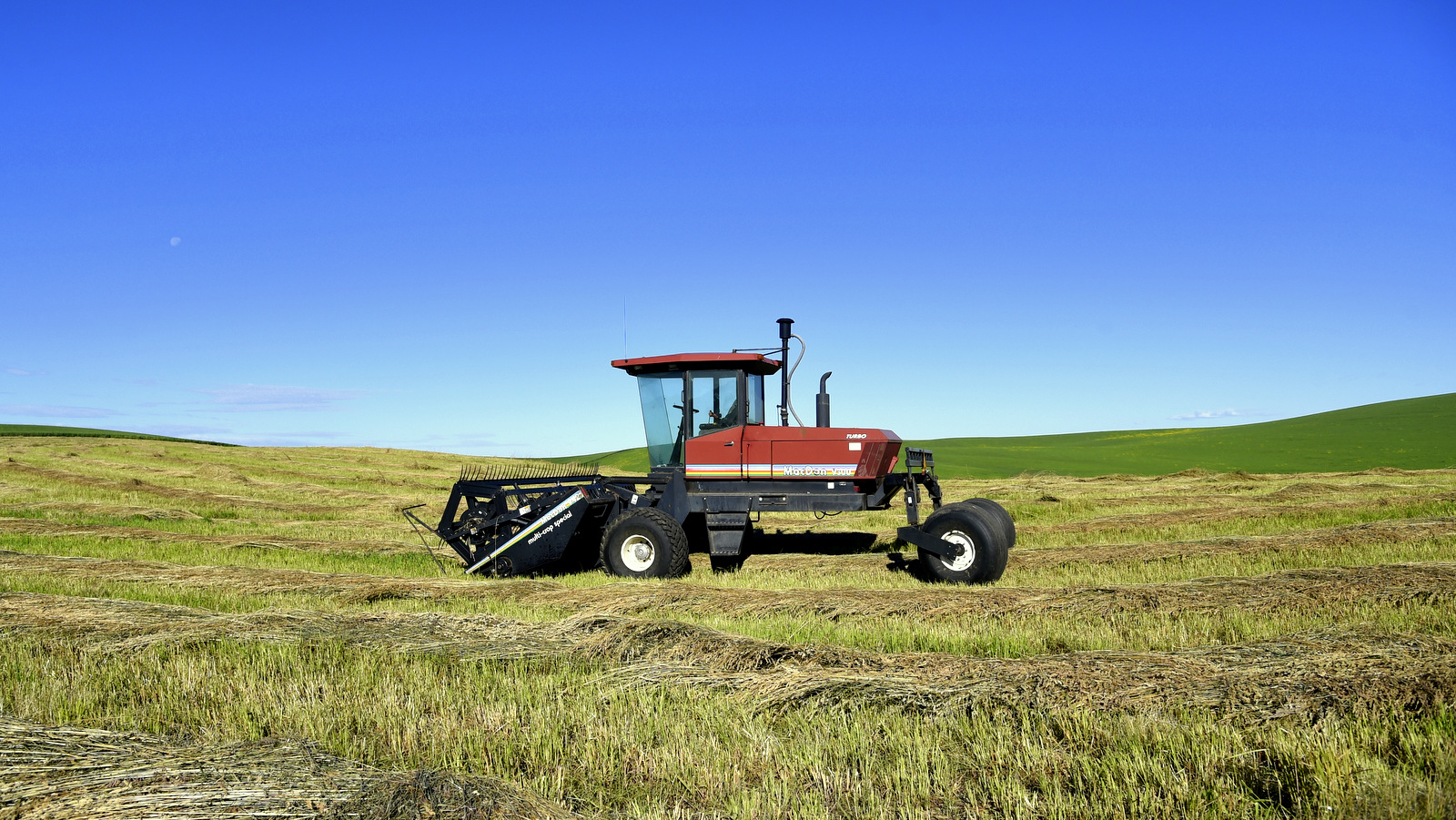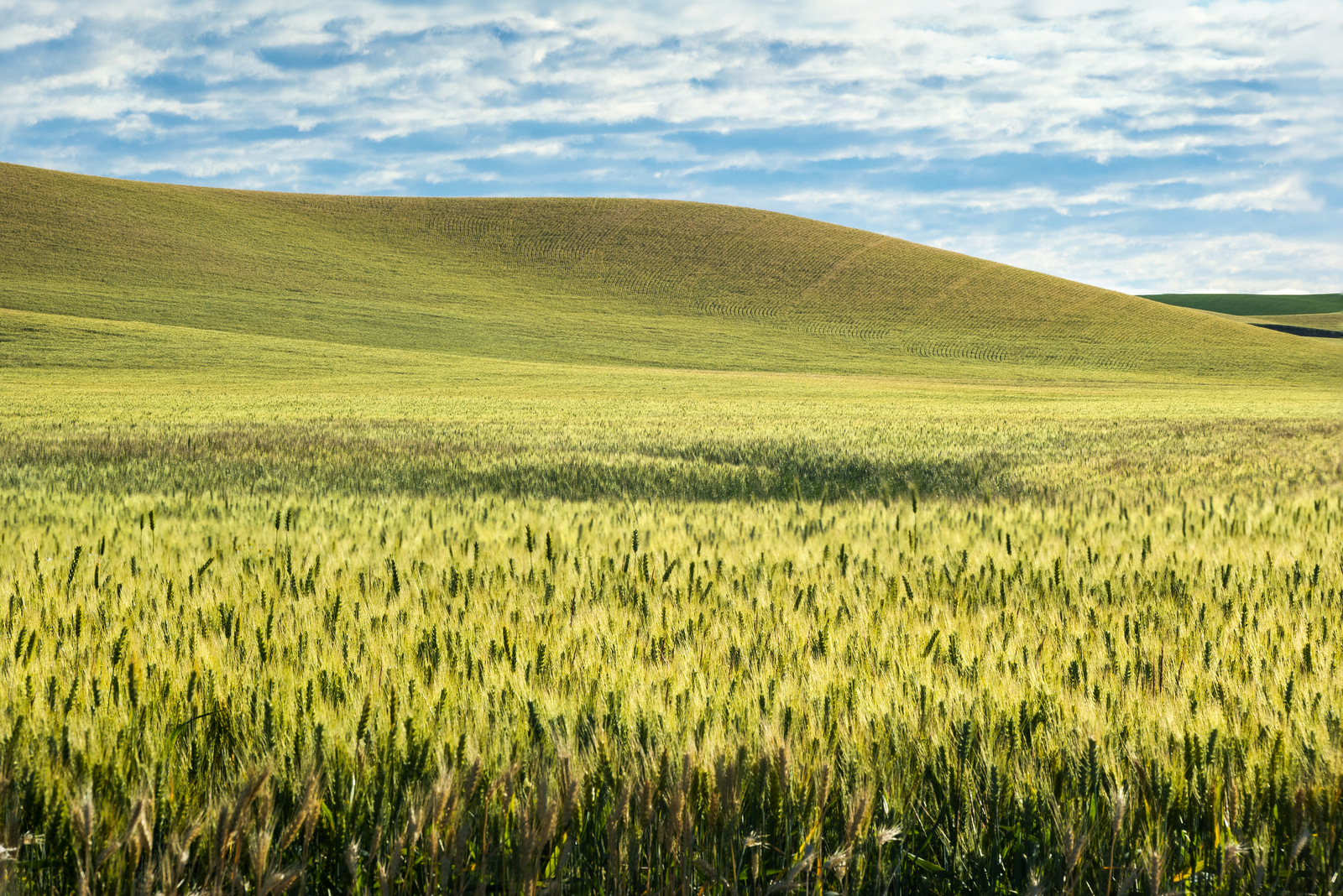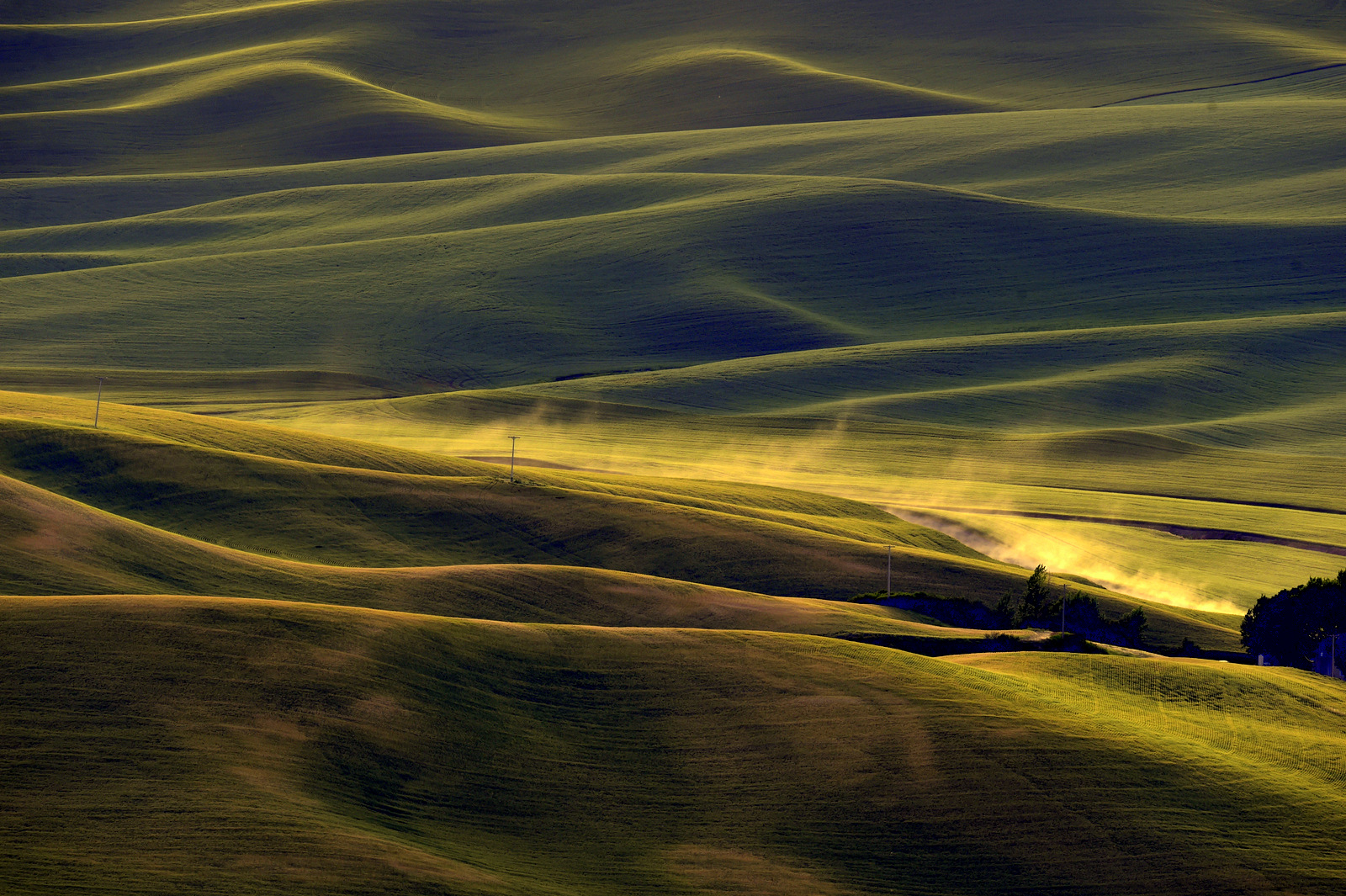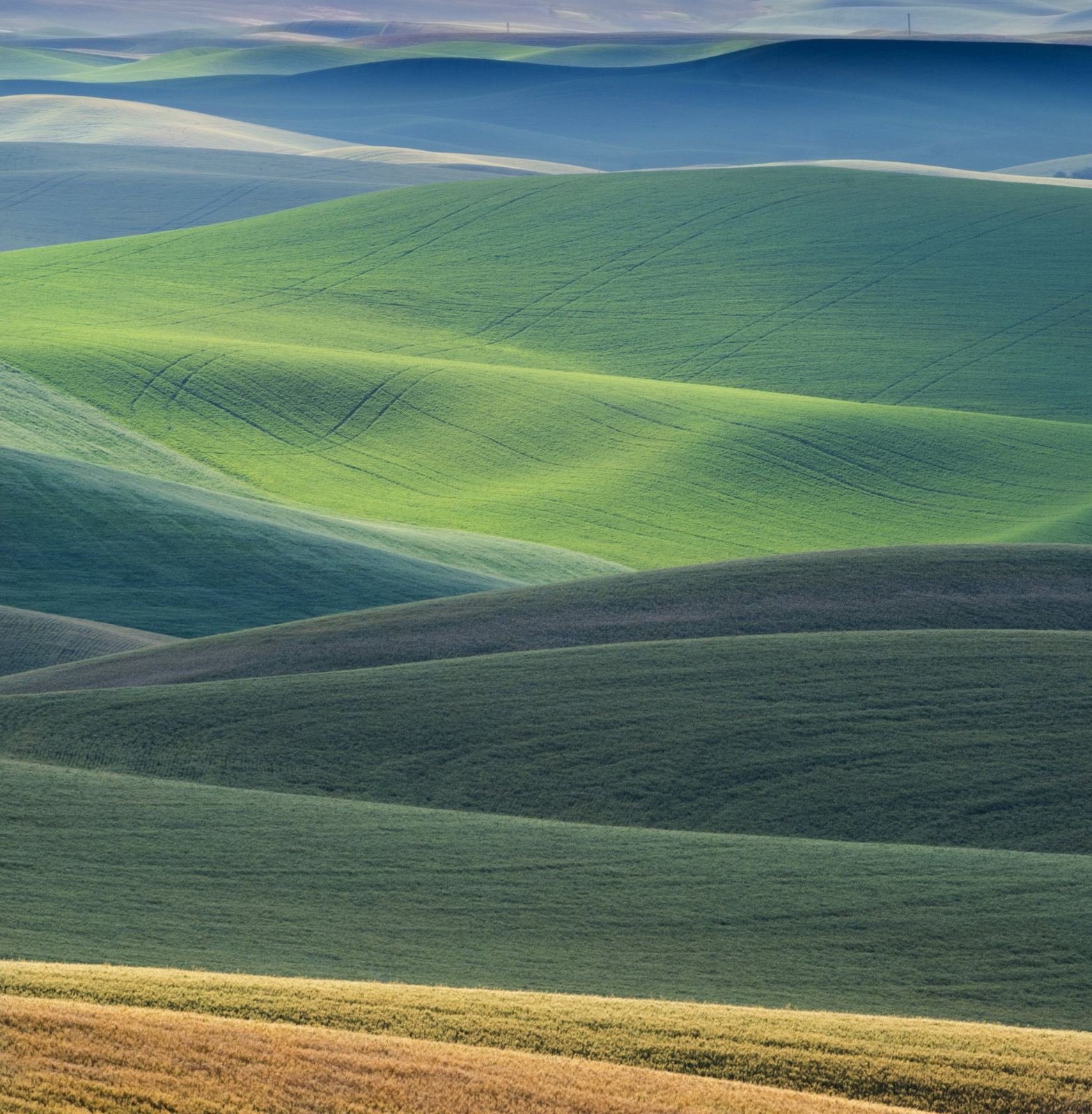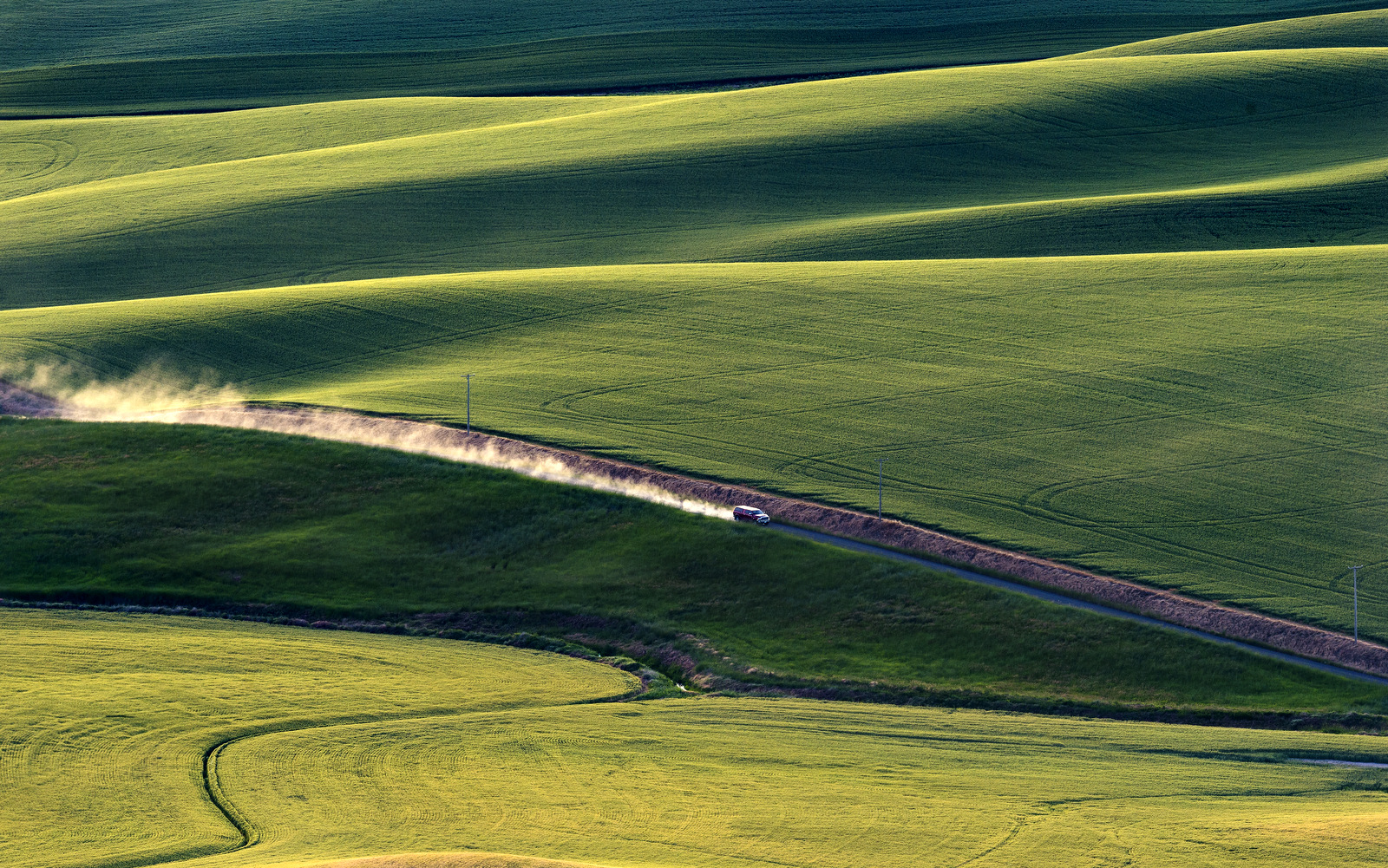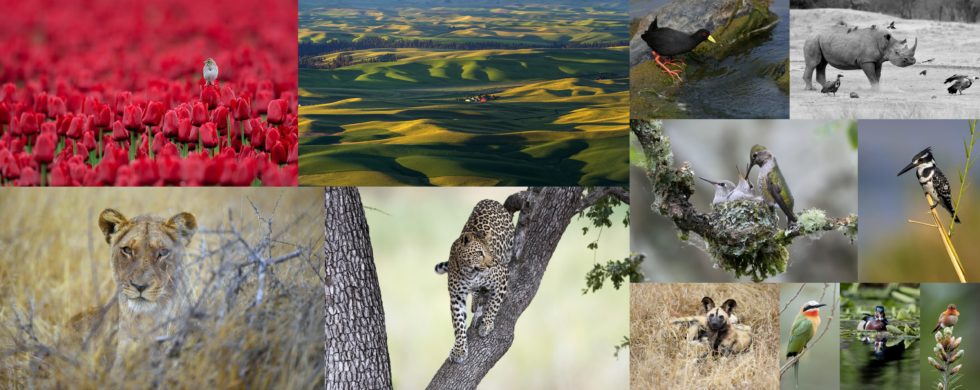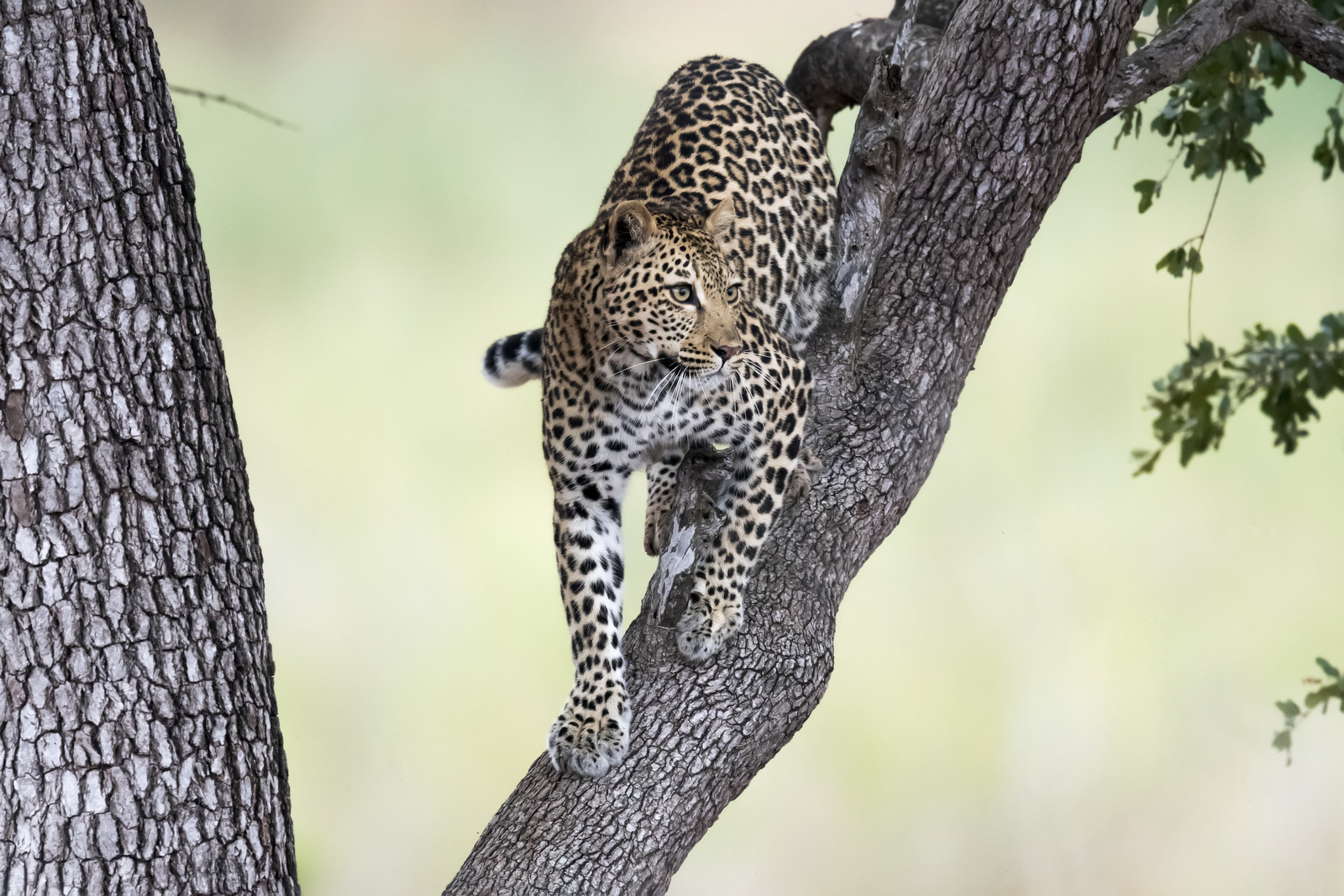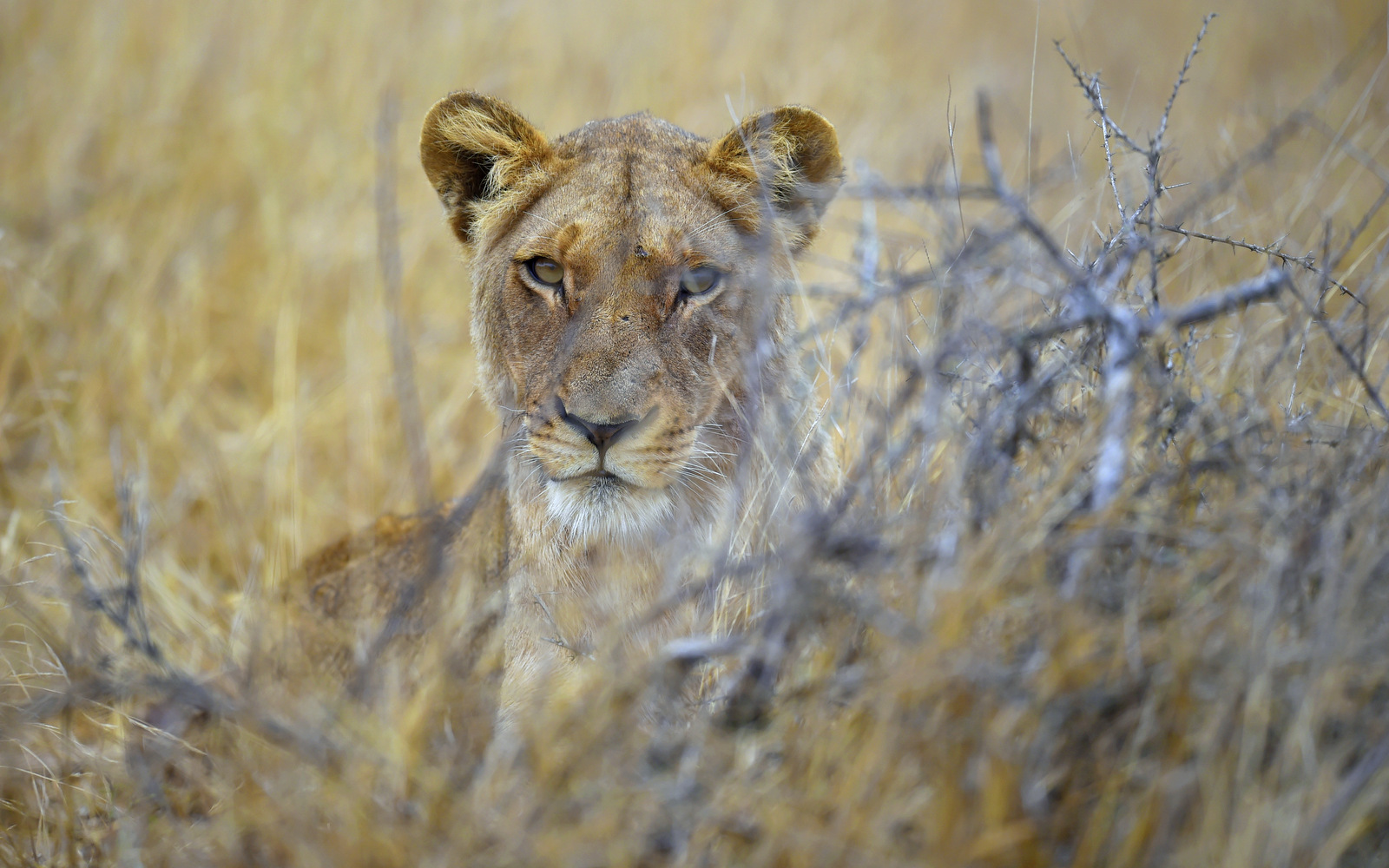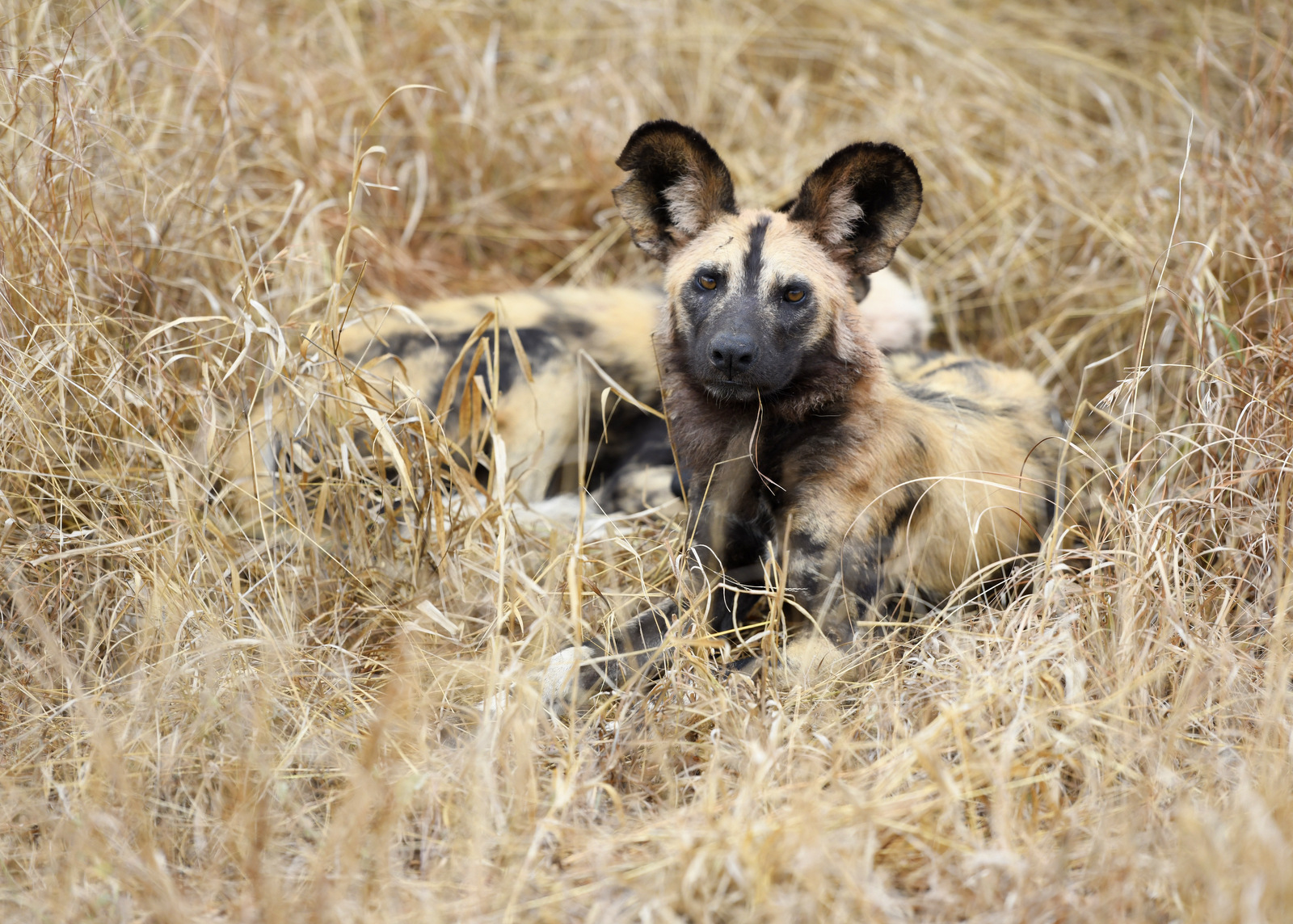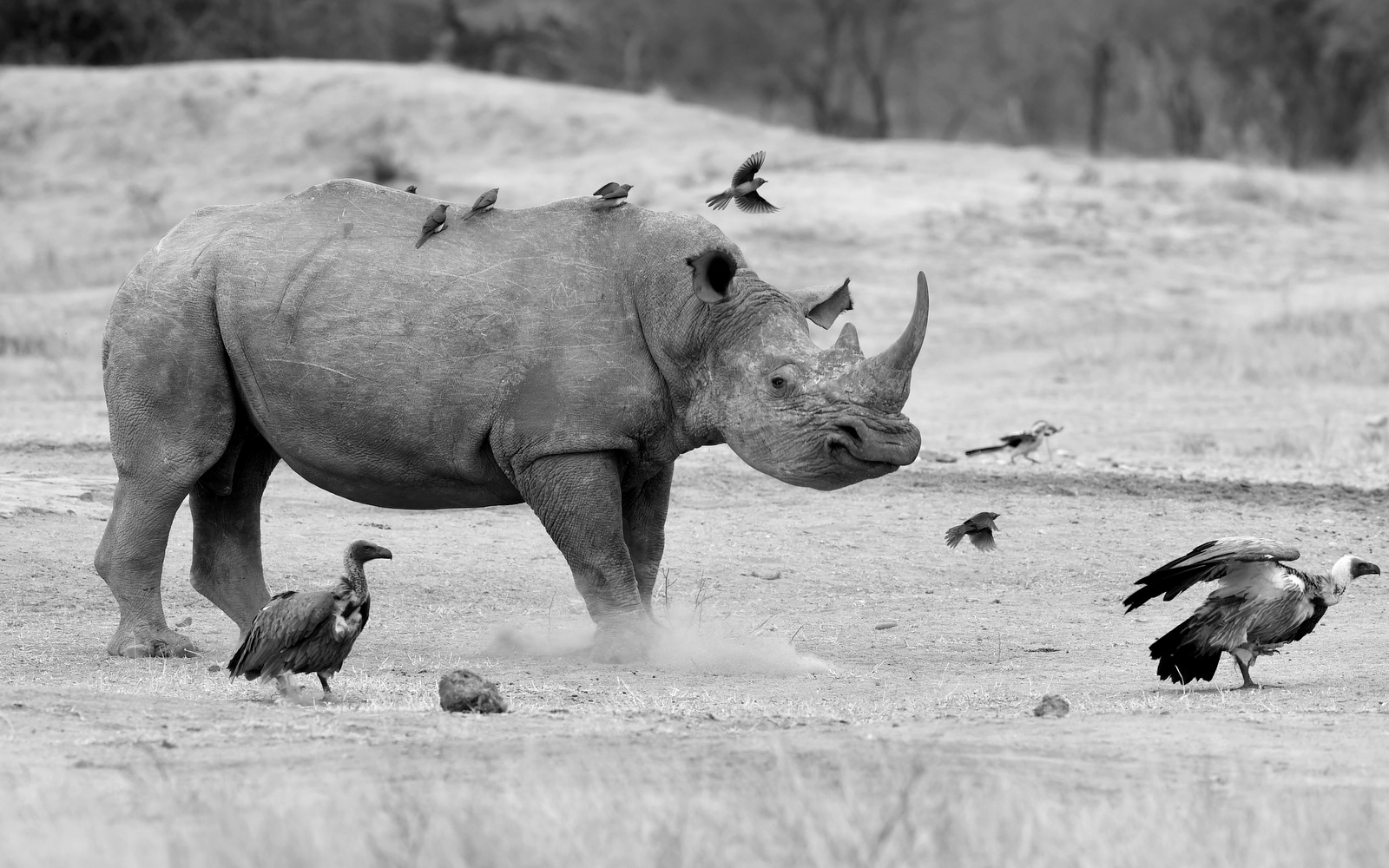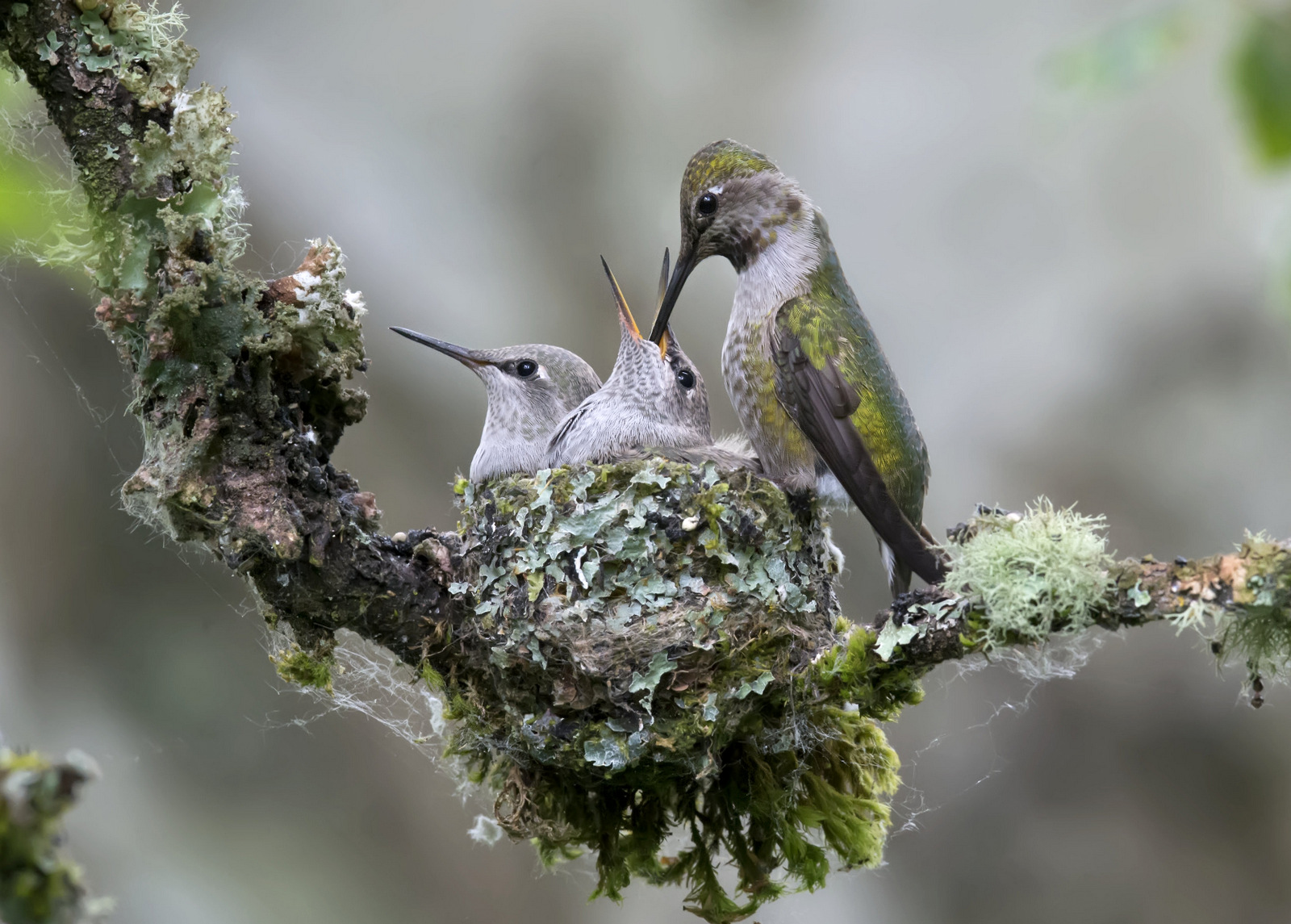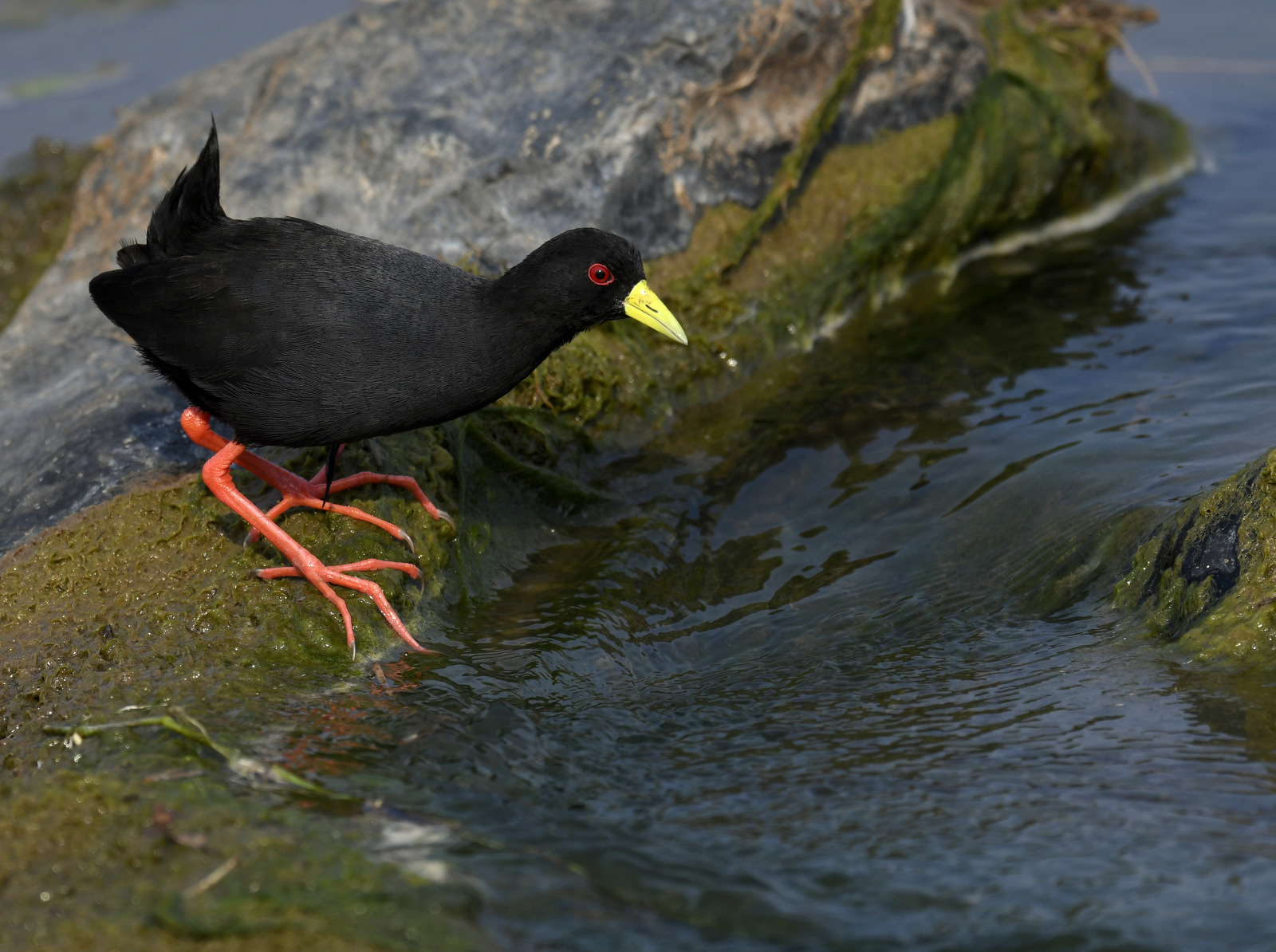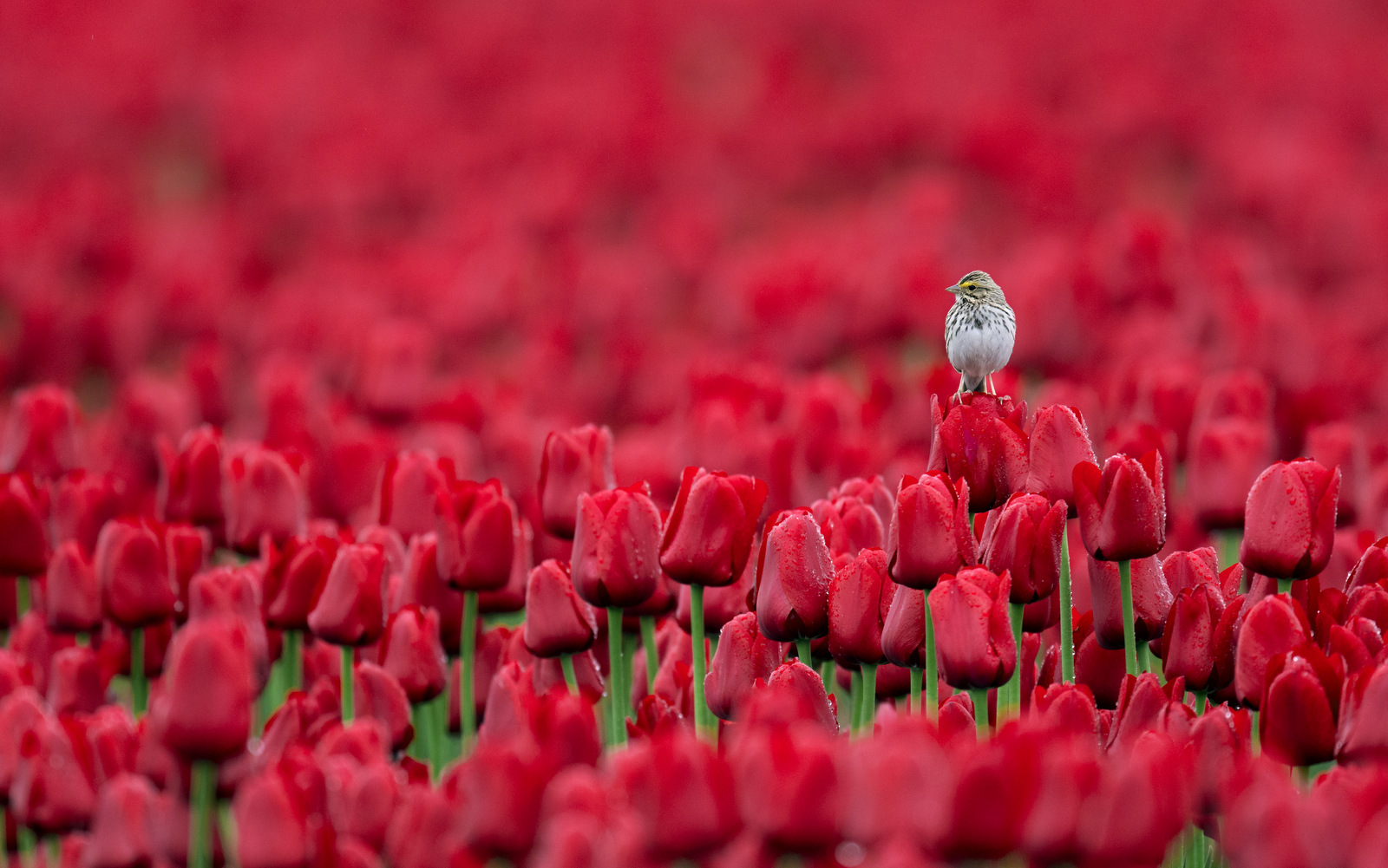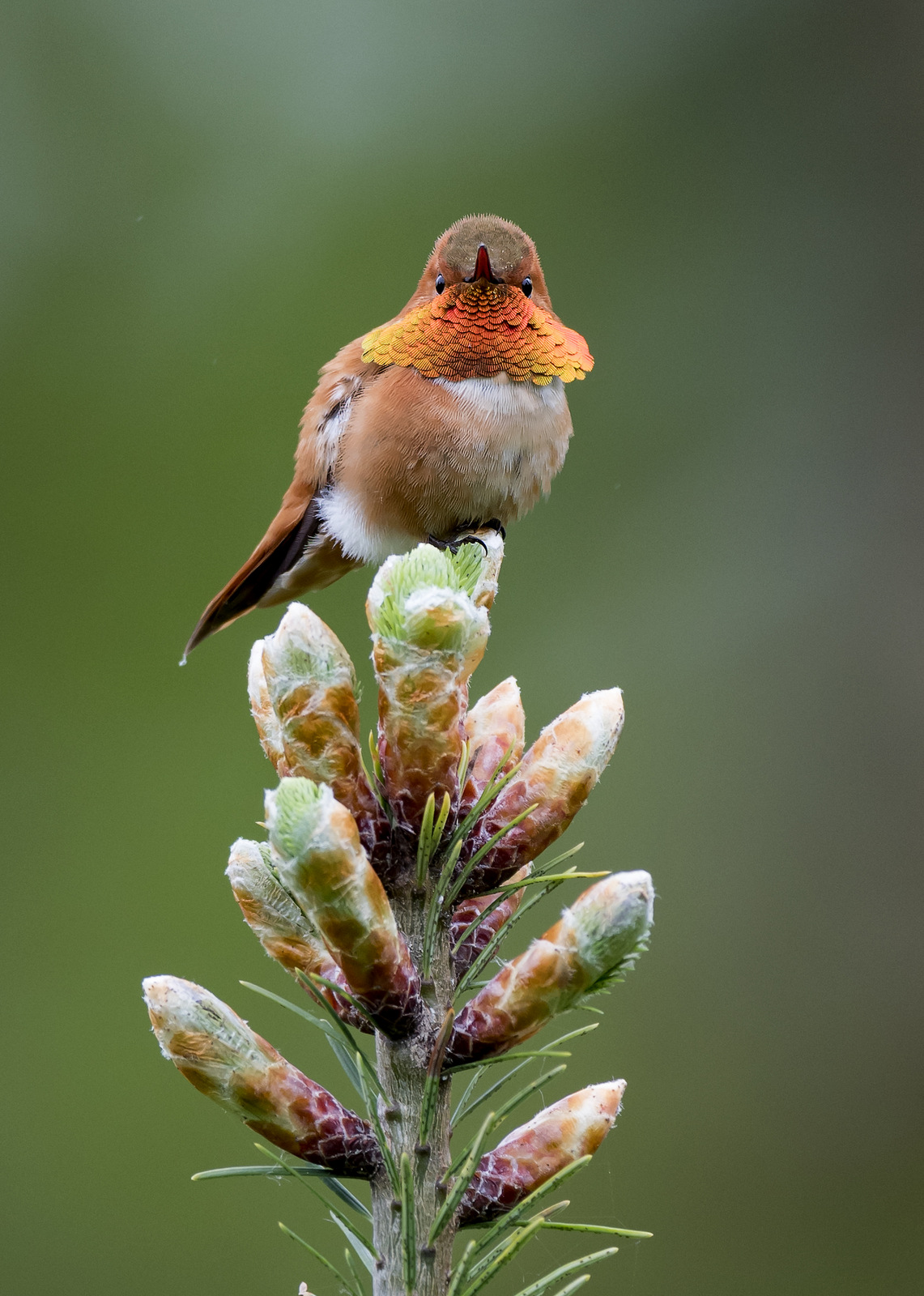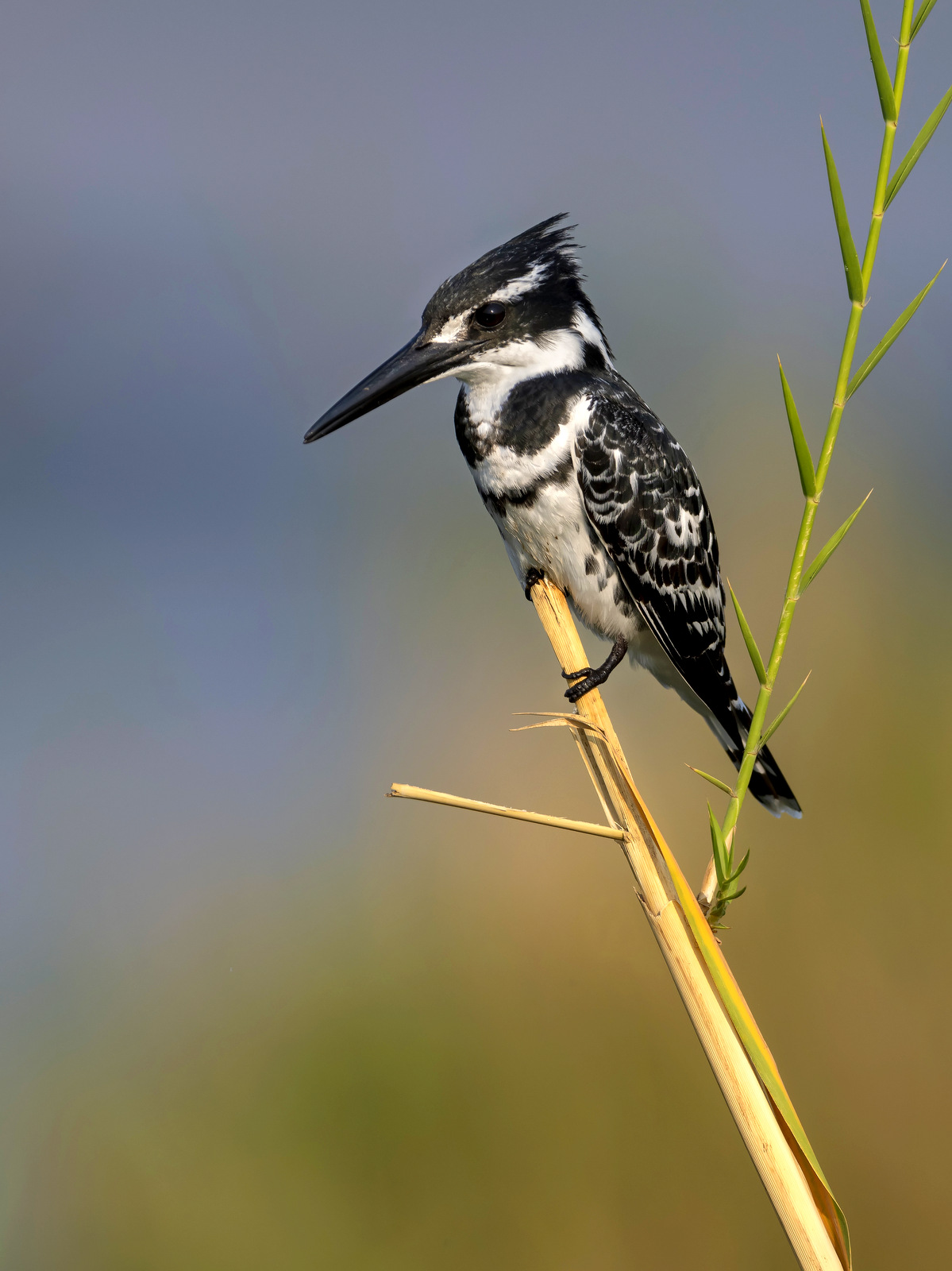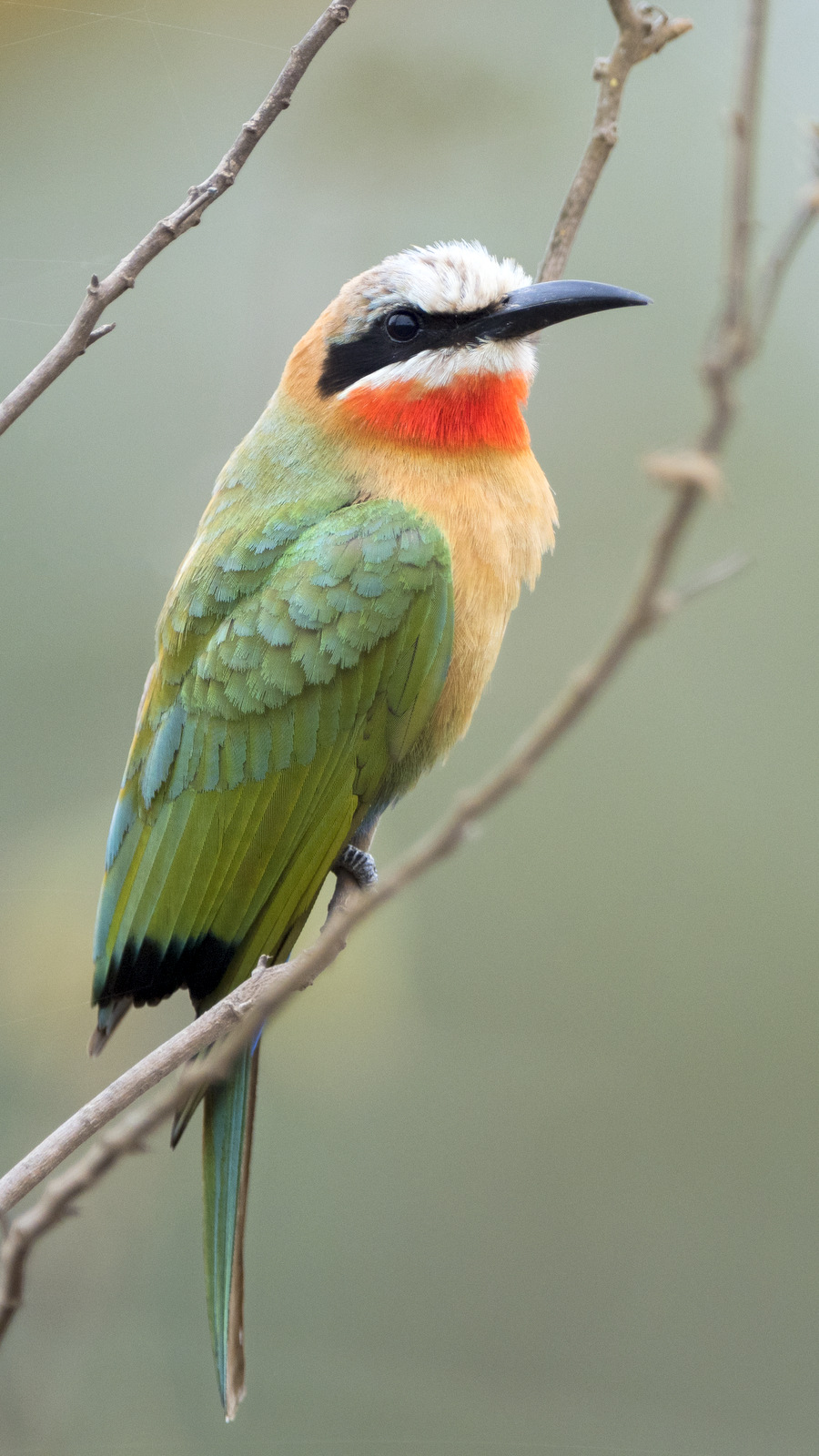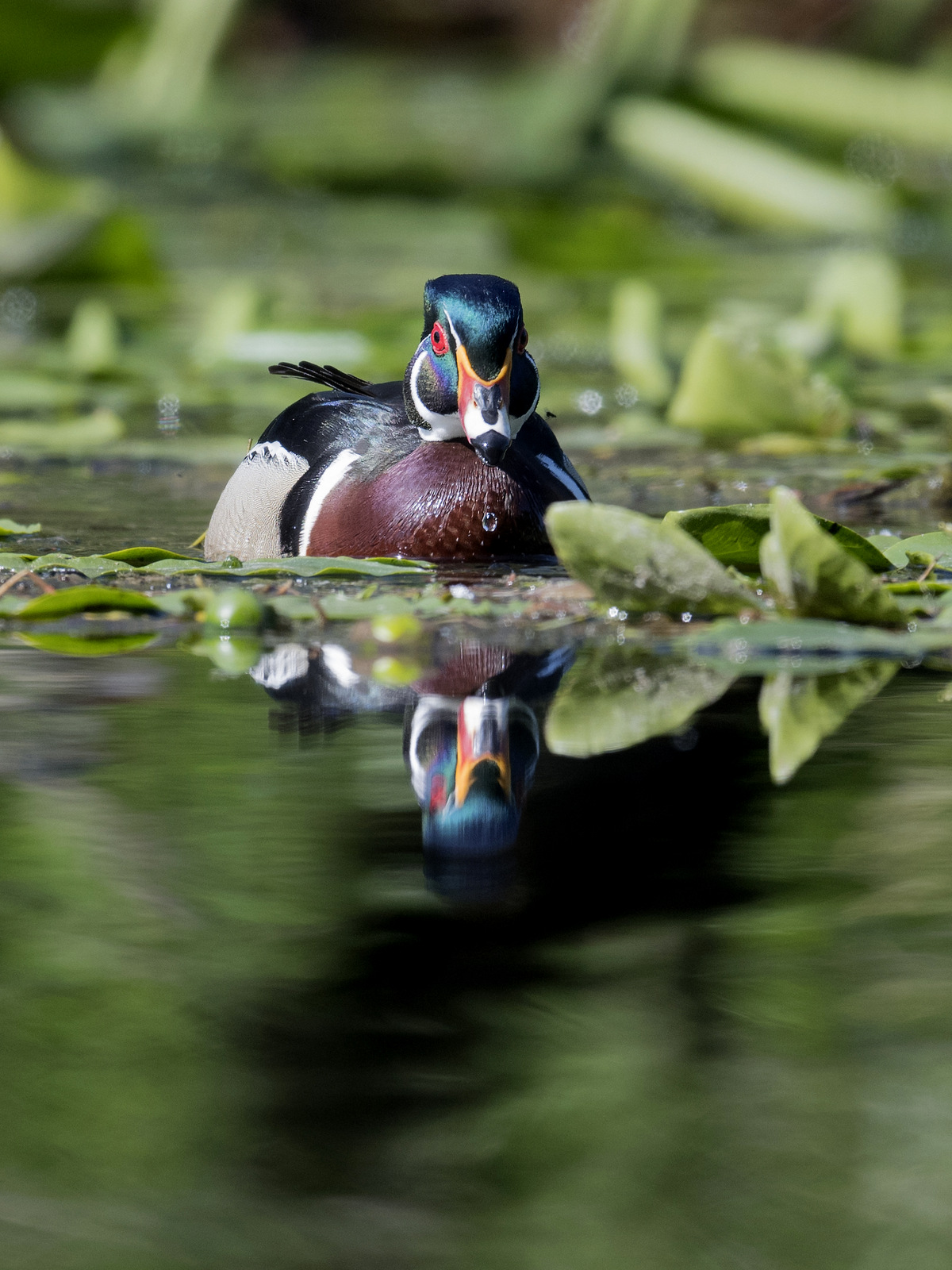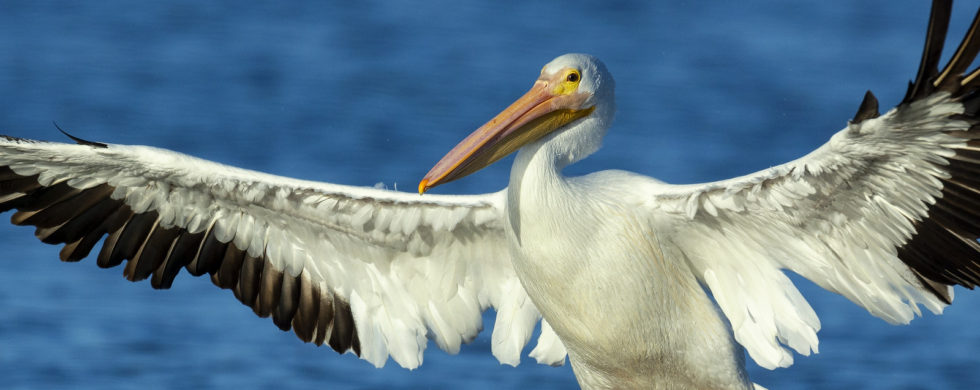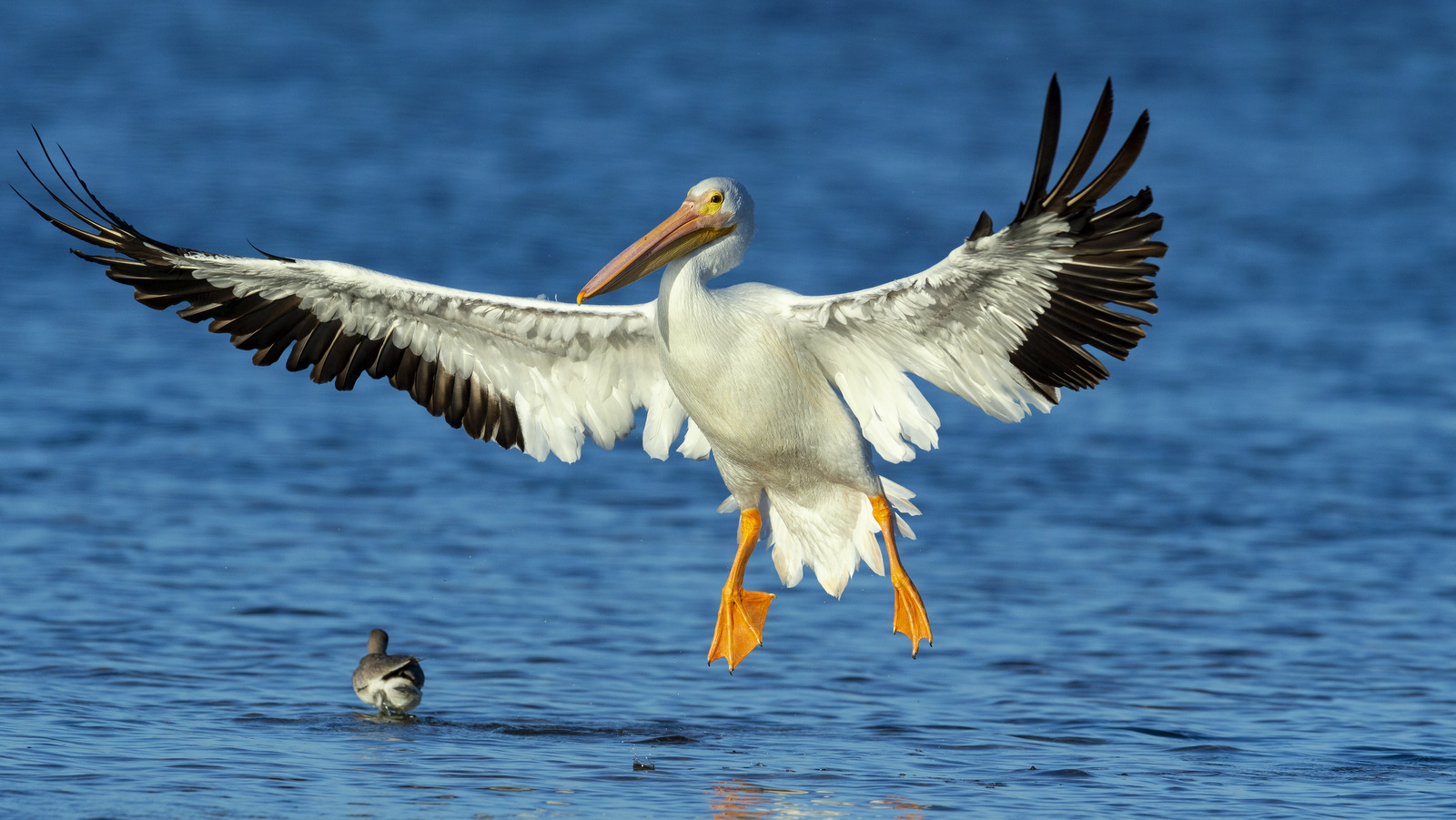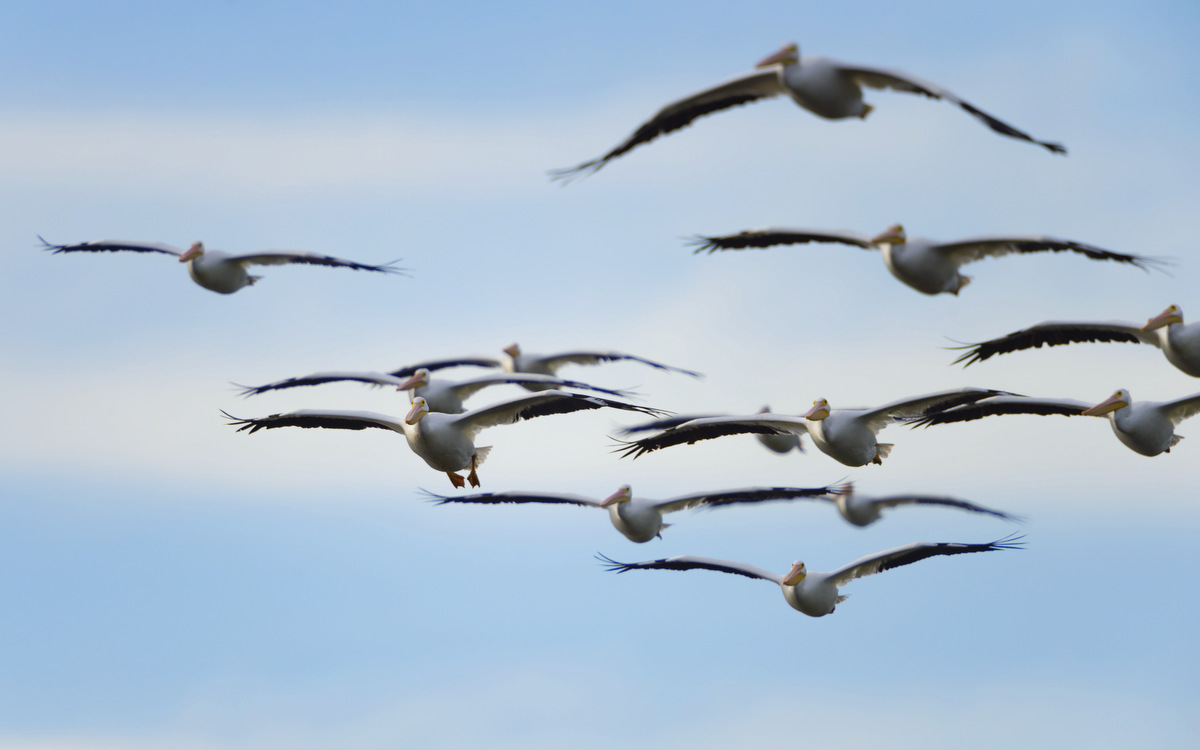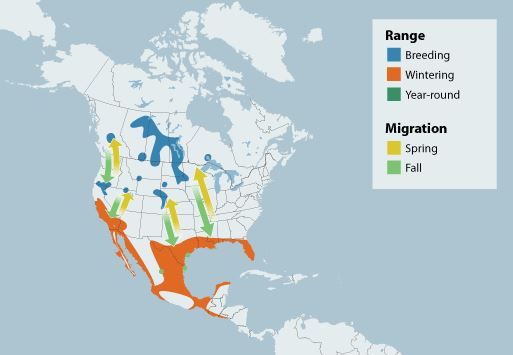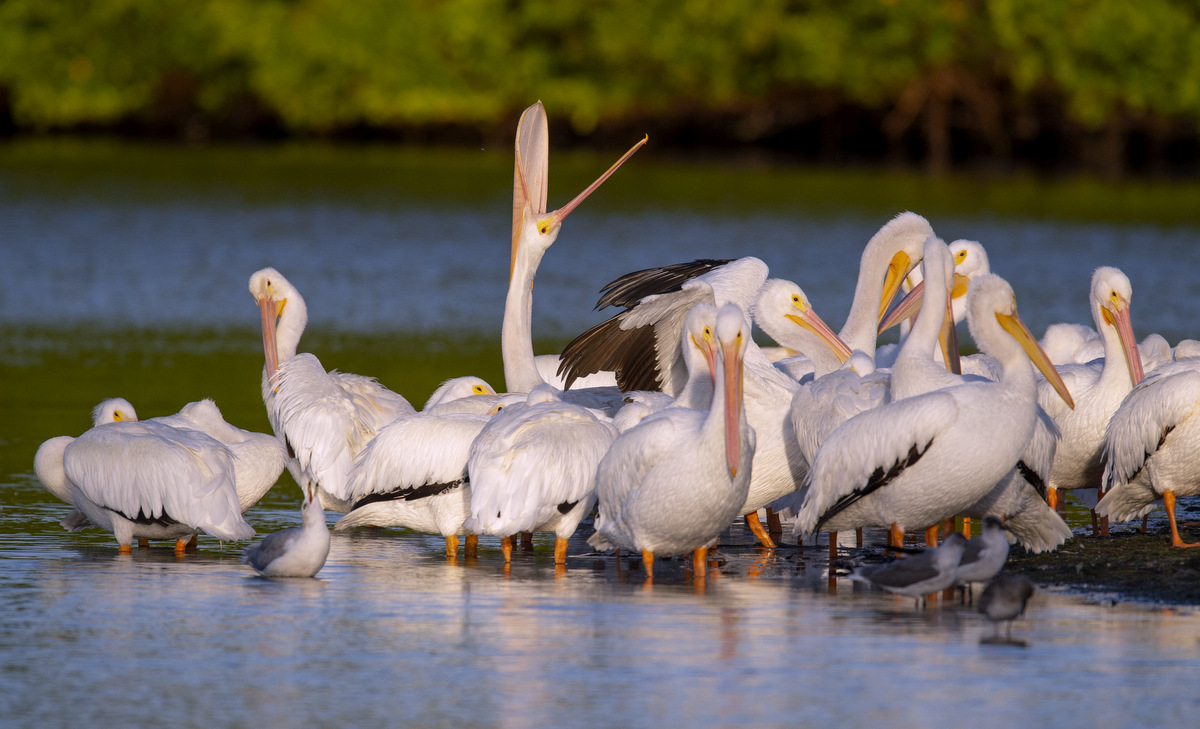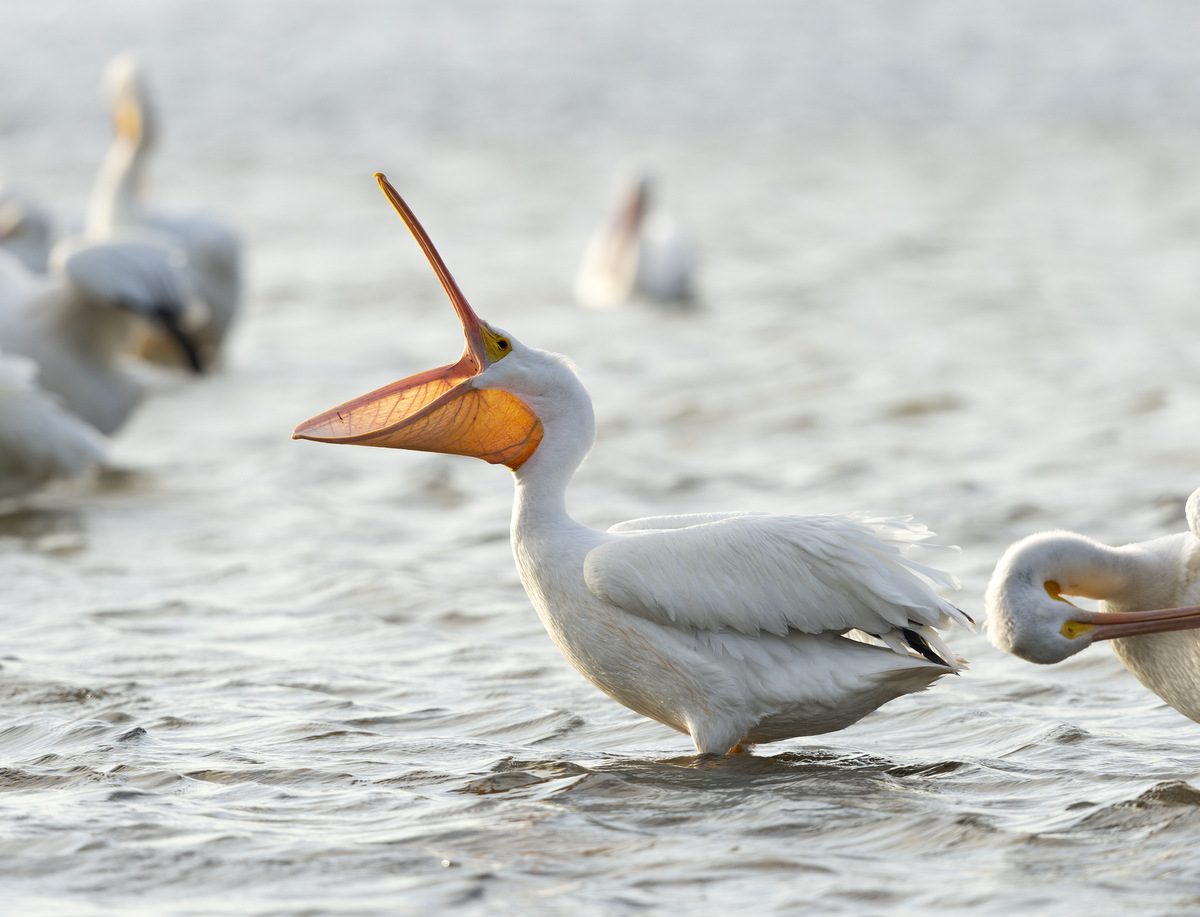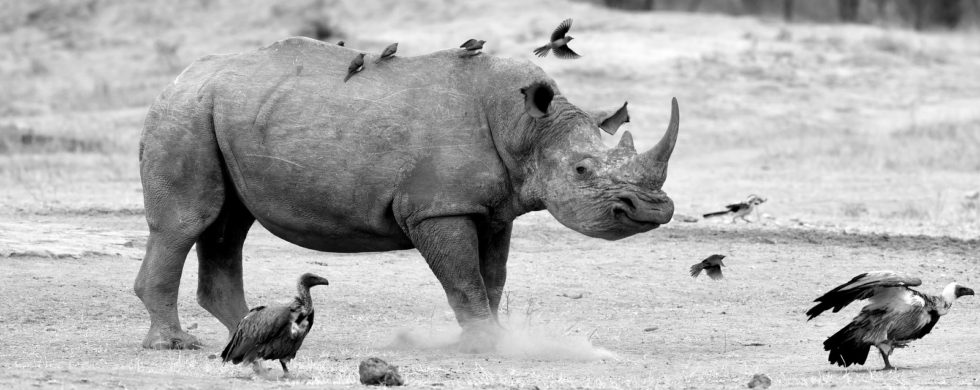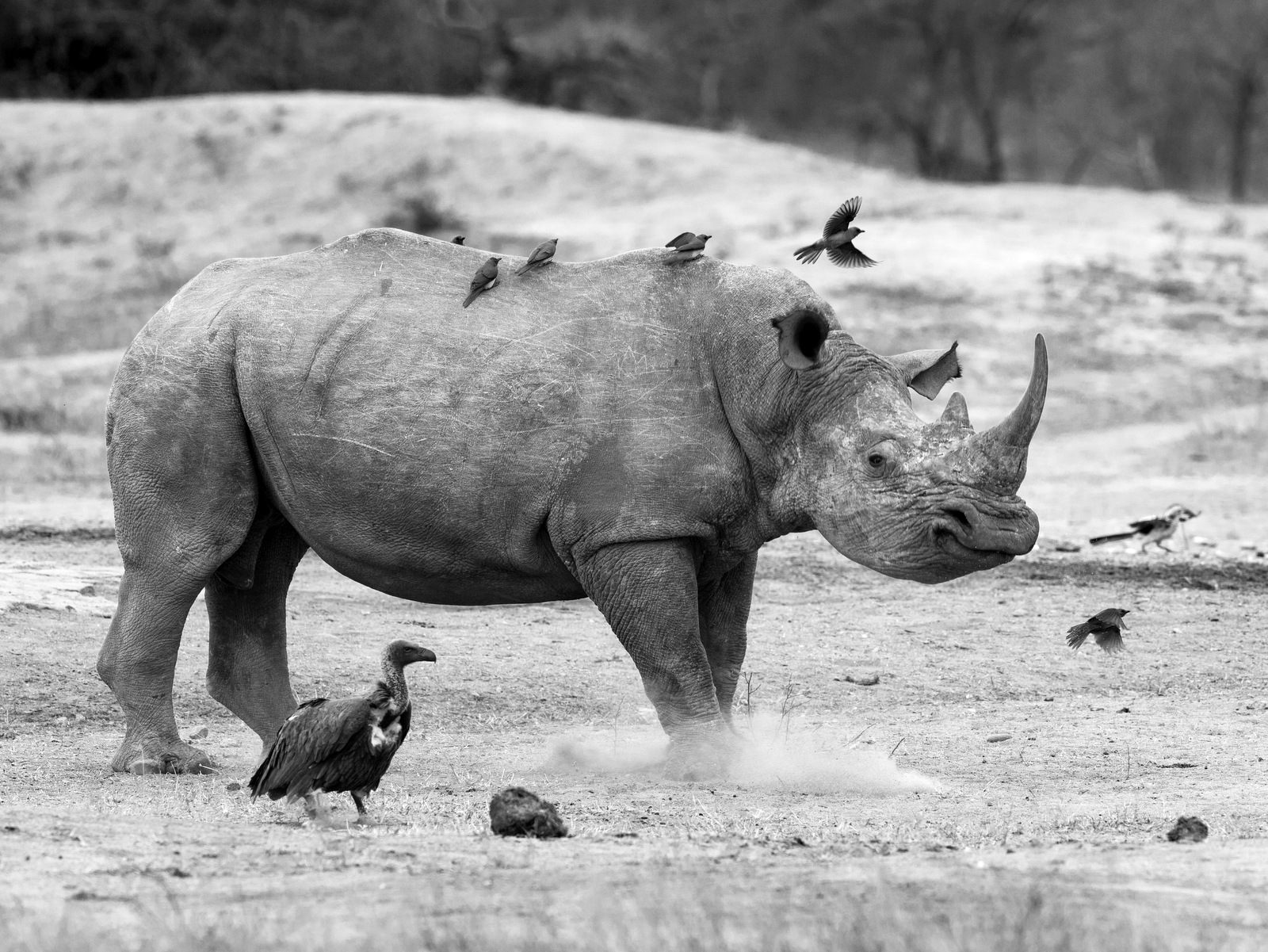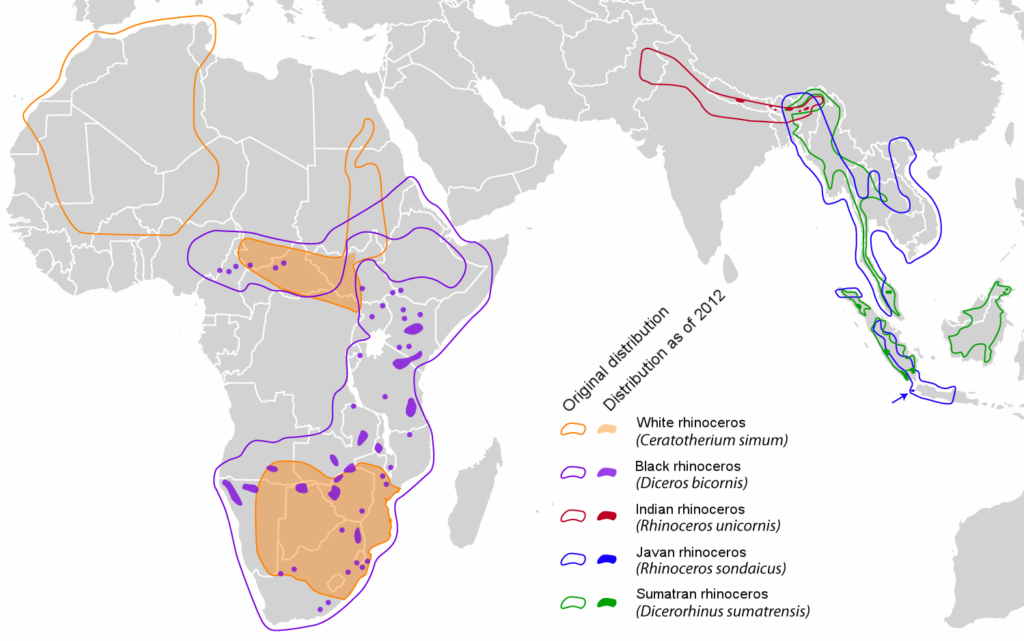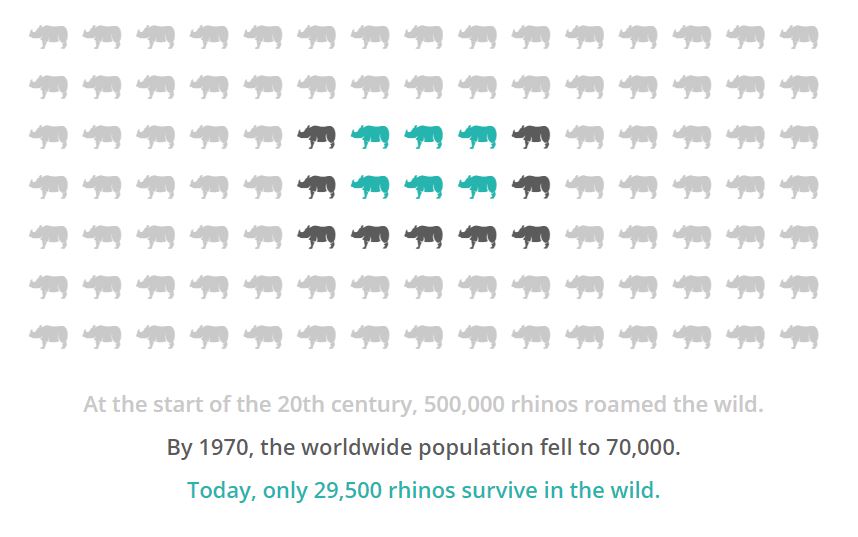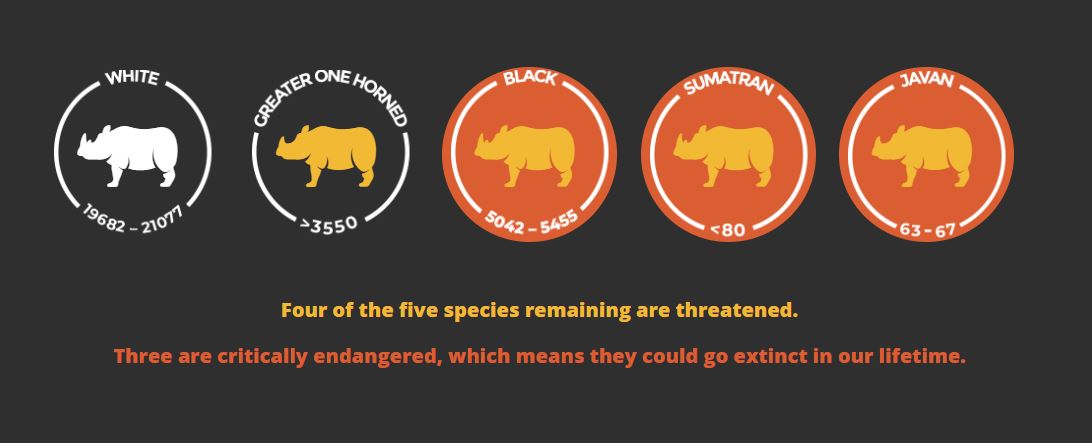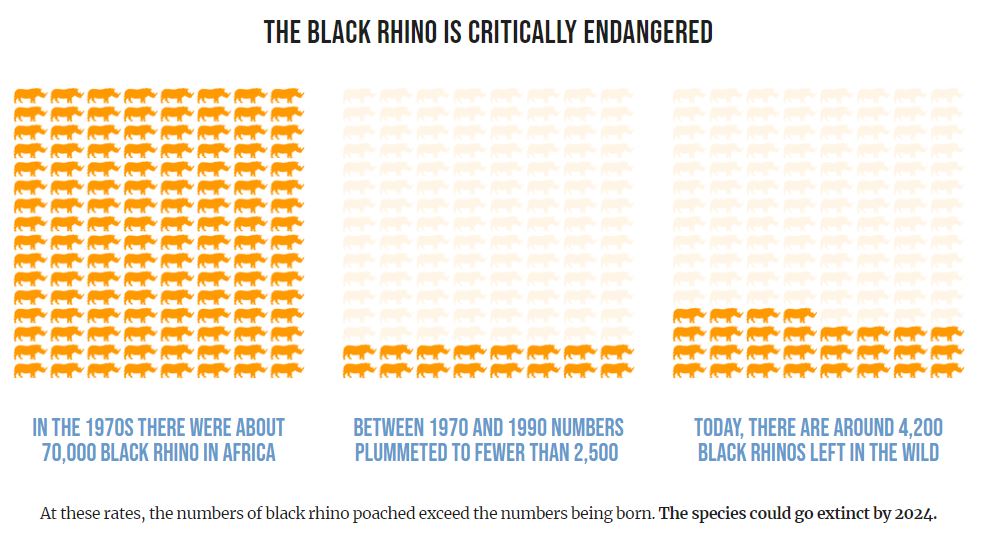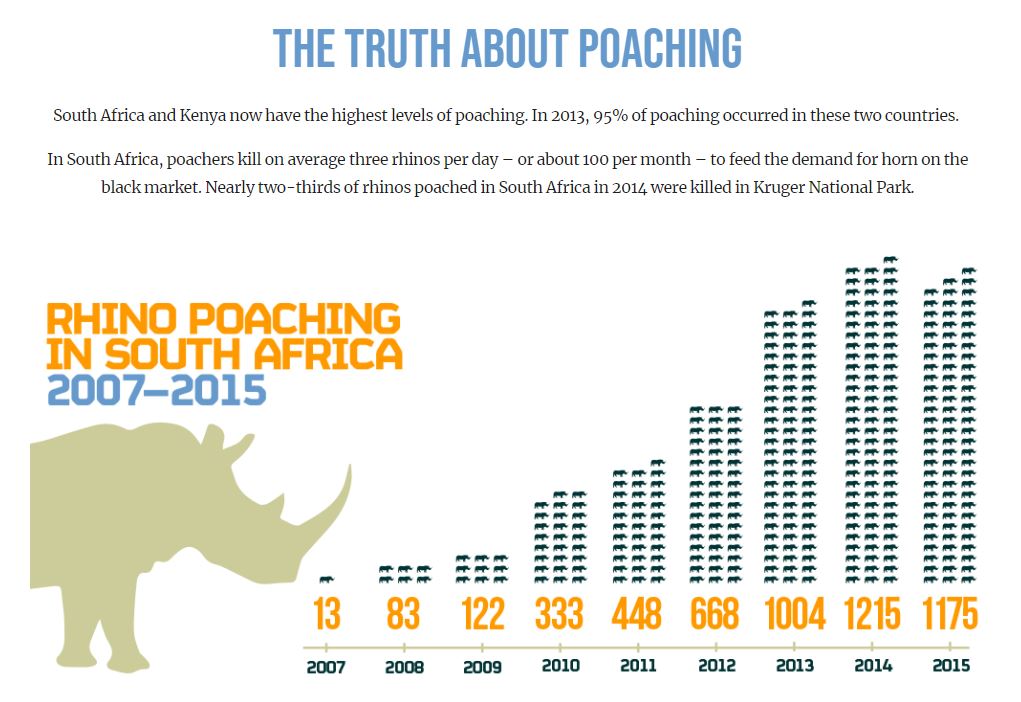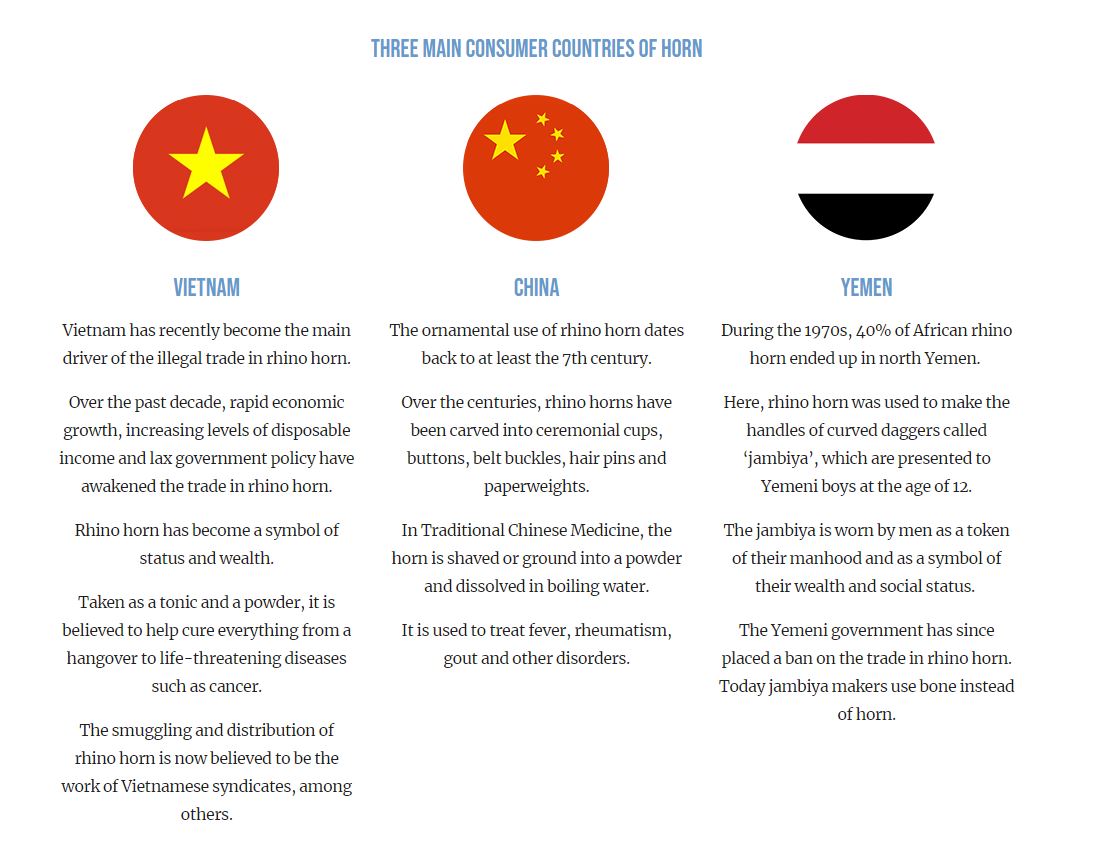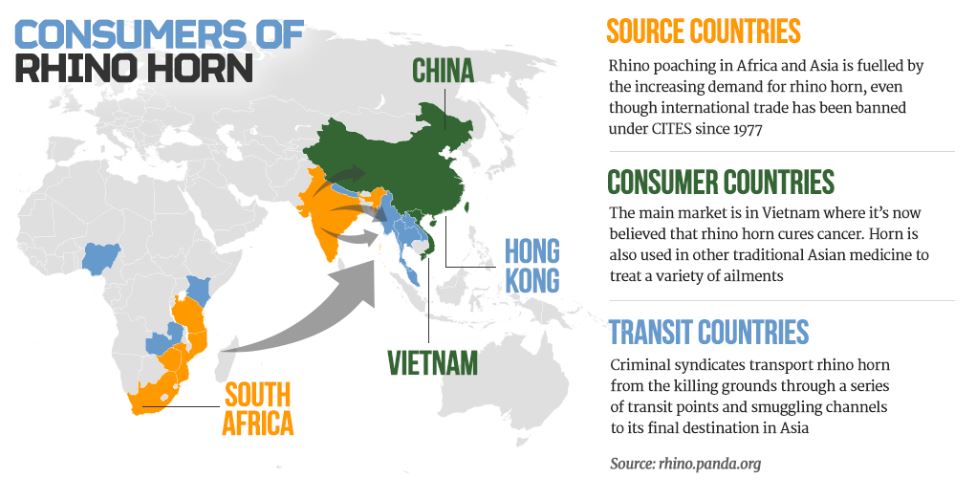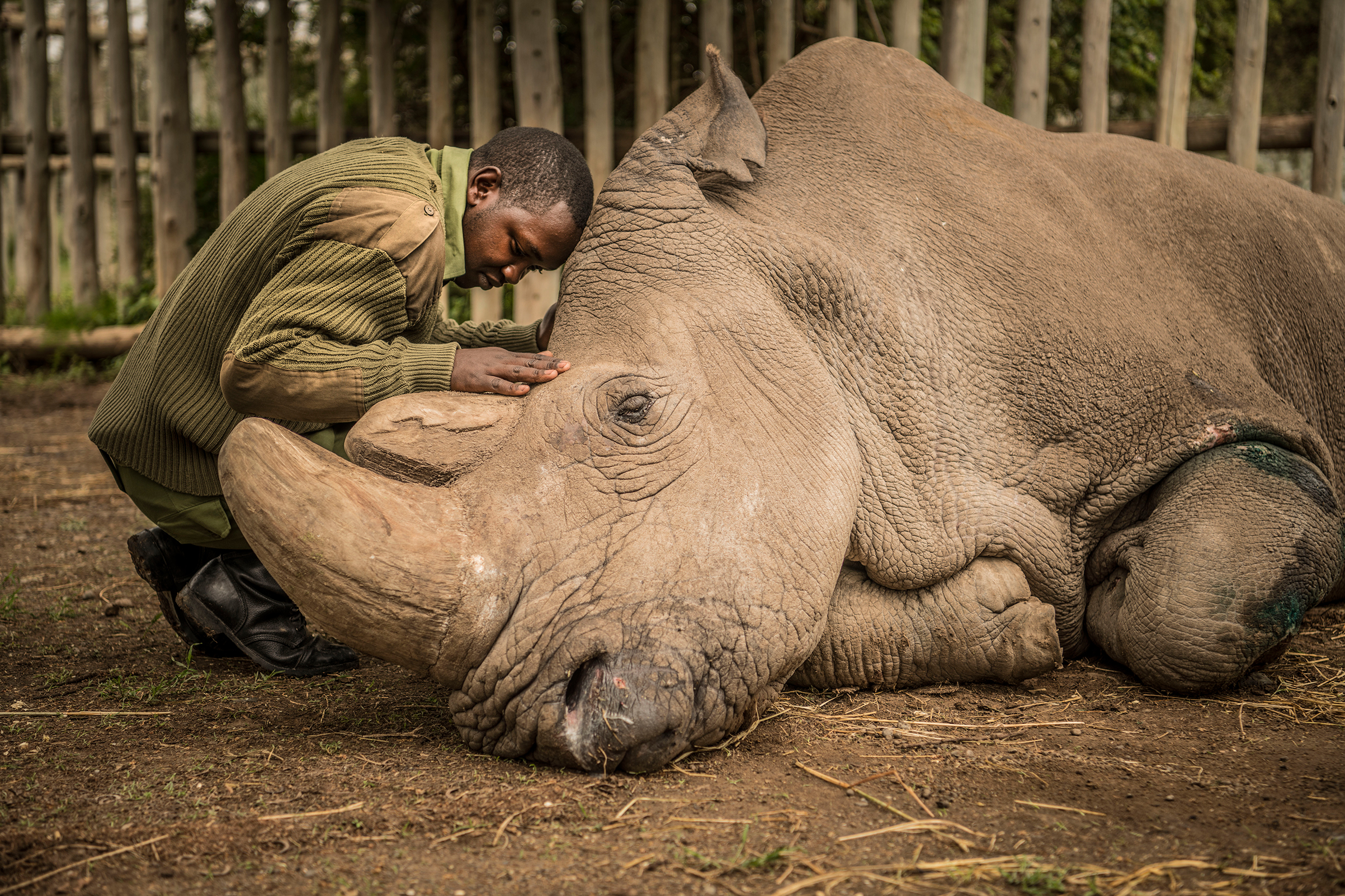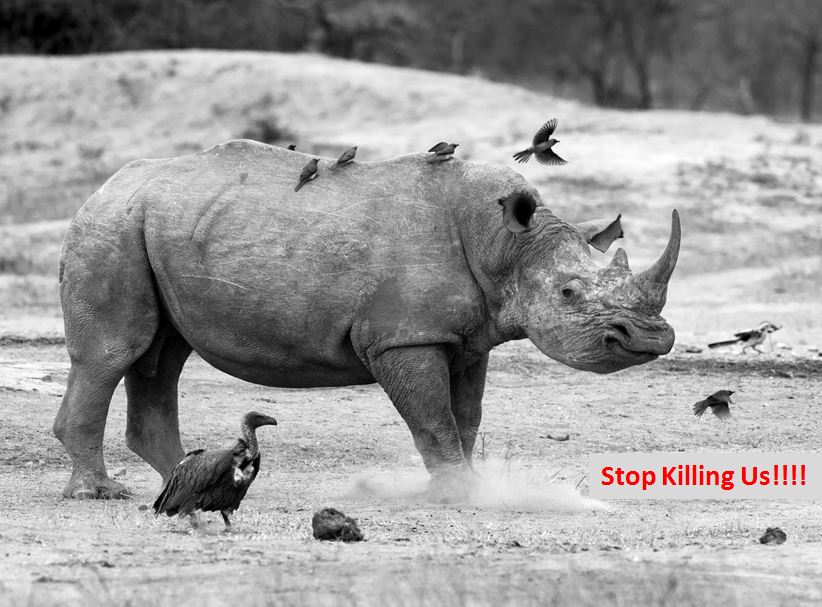28
Shot of the Month – February 2019
One of the highlights of our 2018 trip to Kruger NP (South Africa) was the magical three hours we spent with a pack of 24(ish) wild dogs. We counted 12 puppies(!) and about 12 adults in one of the largest packs I have ever seen. The pack spent most of the morning sprawled out on both sides of the road. The puppies were on one side and the adults on the other. About every 30 minutes or so, the alpha female would get up and walk over to make sure that the puppies were doing fine. After a few visits by the female, the alpha male got up (trying to be helpful?) and went over to check on the youngins. Well, Dad got too close and woke up the pile of puppies. Chaos ensued with all sorts of yelping and clamoring and assorted mayhem. The alpha female, very annoyed, had to get up and go over and severely reprimand the whole crew. She “bit” a couple of them (in a lovingly, mother kind of way, ouch!), snapped at a few others, and eventually got them to lie back down. Future monitoring visits were done by Mom…..
In case you were wondering, wild dogs are not feral domestic dogs that live in Africa. Wild dogs, also known as the
painted hunting dog,
painted wolf,
African hunting dog,
Cape hunting dog, or
African painted dog
have never been domesticated.
The scientific name for these canids is Lycaon pictus which means “painted wolf” in Latin. The painted hunting dog is part of the Canidae family which includes jackals, foxes, coyotes, wolves, dingoes, and domestic dogs. People often confuse wild dogs with hyenas but hyenas are bigger and more powerful and different enough that they belong in their own taxonomic family, Hyaenidae.
The theme song for a pack of wild dogs would be “We Are Family” (If animals had theme songs, that is. Which for the record, I heartily endorse. I like what the sharks have done with theirs…). The social structure of the pack is much like that of wolves but much gentler. There is a tenderness to wild dog life, unlike anything I have ever seen. Like other pack animals, there is a strict hierarchy with the pack led by an alpha breeding pair. All other adults are subordinate to this couple. Only the alpha female will breed and can produce 10 to 12 puppies per litter — the most of any canid. However, the entire pack raises and cares for the puppies. While the puppies are small the pack will go off to hunt while some adults stay behind to protect the puppies in the den. After a successful hunt, the adults will return and regurgitate food to feed both the puppies AND the “babysitters.” When the pups are old enough to travel they will be escorted to a kill site and they are always the first to feed before any of the adults, even those that participated in the hunt. If an adult becomes ill, injured or elderly, and is unable to hunt, the other dogs will share food and take care of the ailing member. It is reported that the alpha female of a pack in Botswana lost one of her forelegs during a hunt. Normally, this would be a death sentence for a predator. Not for a wild dog — she remained the alpha female for a few more years continuing to breed and raise pups while being taken care of by the pack. (source)
Wild dogs are so team-oriented that they vote on whether to go on a hunt. Yes, really.
So how in the heck does that work?? Well, if a dog wants the team to get going to look for a meal s/he can sneeze to rally the pack to get going. However, voting is weighted depending on rank. If an alpha dog sneezes then only about three other “yea” votes are needed to launch a hunt. If a lower-ranked dog kicked off the voting, a hunt would not start unless about ten other sneezes were counted. (Source)
Wow, that is some bad-ass-African-plains-wild-dog democracy right there — definitely nothing to sneeze at. (the crowd moans…)
Until next month….m
Nikon D4S, Nikon 600mm, f/4, 1/500 sec, ISO 1000, EV +1.0

